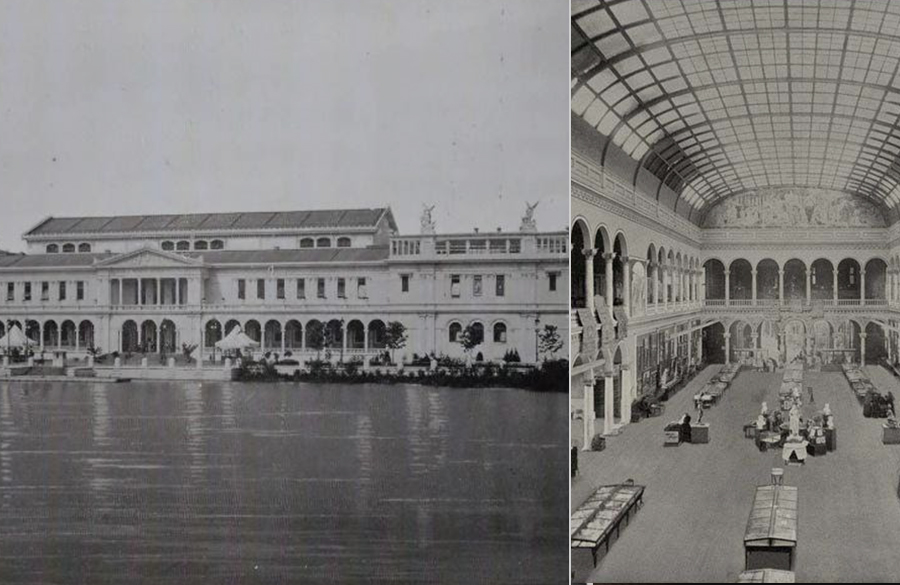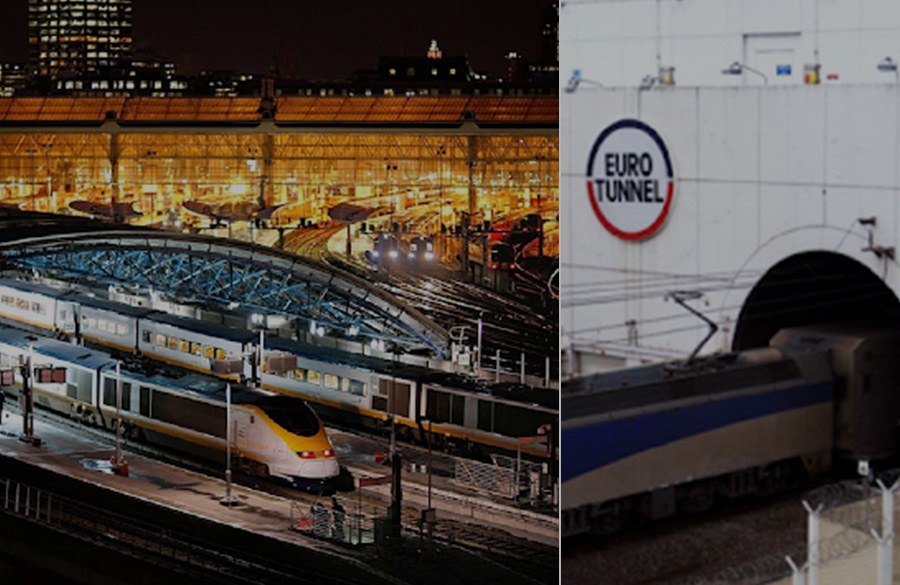To portray his life struggles and the first debut in Hollywood, Walt Disney’s daughter Diane Disney Miller established a non-profit organization Walt Disney Family Foundation which contributed to the creation of the Walt Disney Family Museum.
“Disneyland will never be completed. It will continue to grow as long as there is imagination left in the world.” -Walt Elias Disney (quote, 1960)
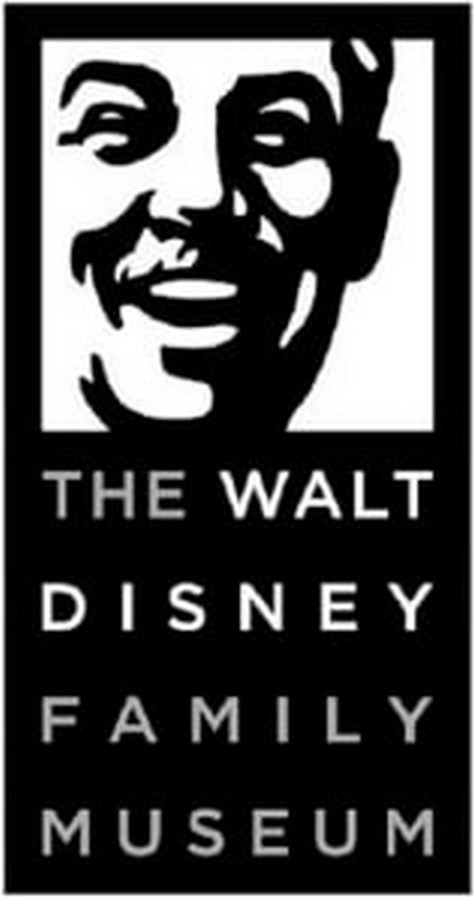

Mickey Mouse and Donald Duck’s stories, towards whom we grew a stronger imagination, have described the life of our childhood. Thanks to Walt Disney, who was not only an impeccable cartoonist, but also an exemplary animator, writer, voice actor, American entrepreneur, and film producer. He is known for his accomplishments in the field of arts and animation. One of the creative minds and hearts of lamb, Disney was considered to be shy and diffident in his era. His motto was to dream, believe, dare, and do. He remains a key figure in history, and through his innovation, he transformed the minor studio into a giant communication for the generations to come around. To portray his life struggles and the first debut in Hollywood, Walt Disney’s daughter Diane Disney Miller established a non-profit organization Walt Disney Family Foundation which contributed to the creation of the Walt Disney Family Museum.
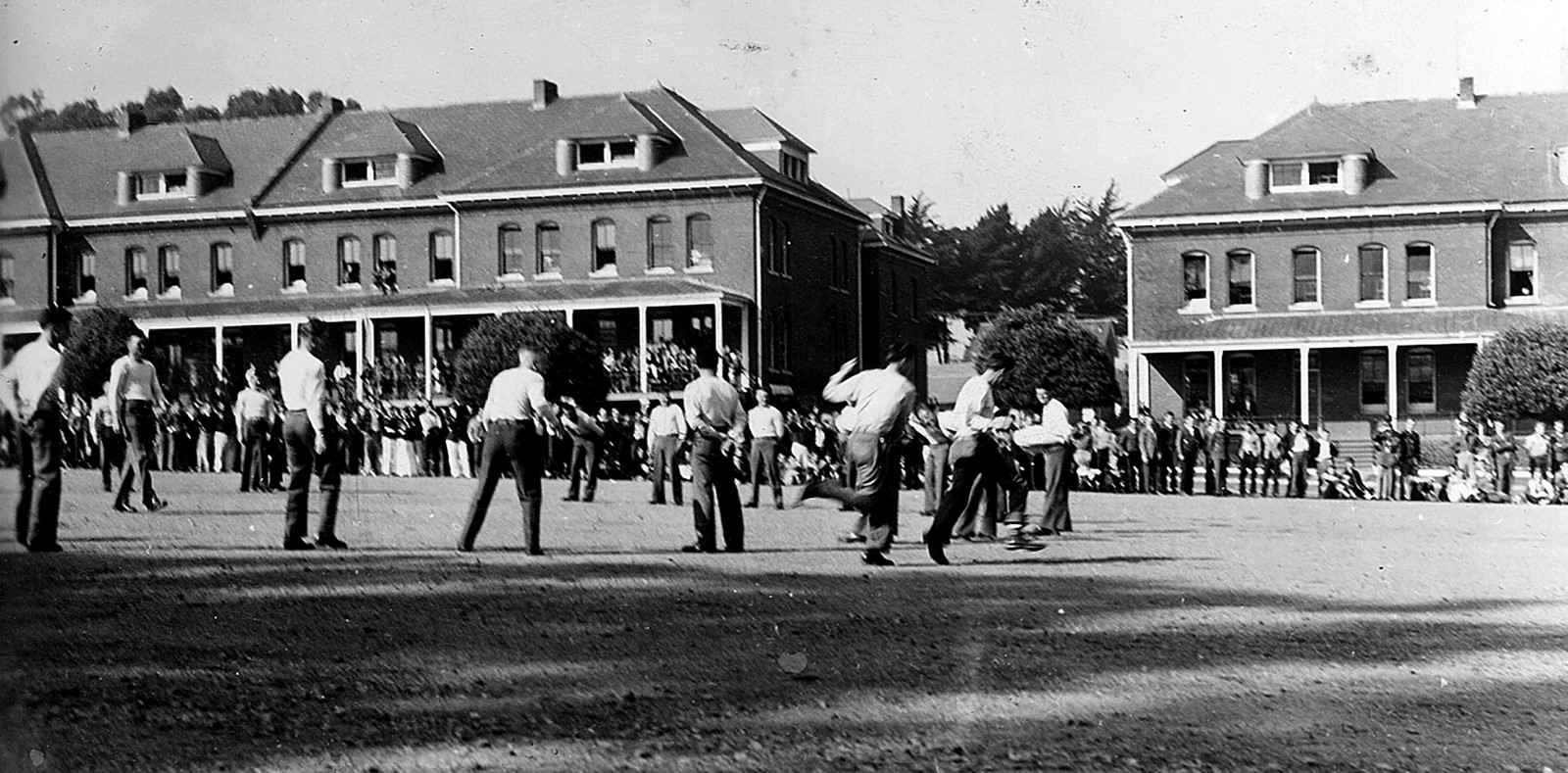
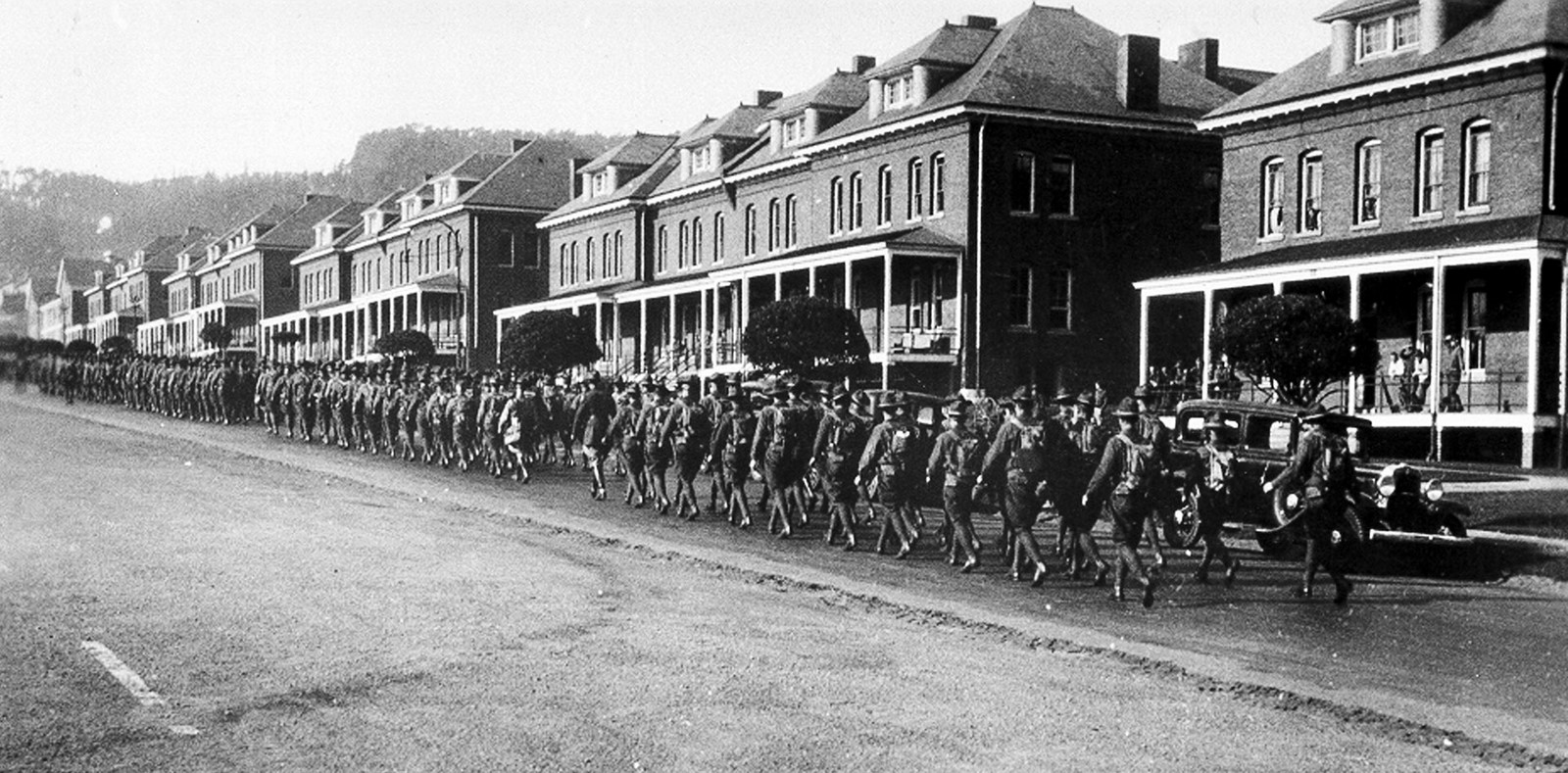
Walt Disney Family Museum is an American museum that characterizes the life and legacy of great cartoonist Walt Disney. It is situated in The Presidio of San Francisco and built on an area of 80,000 square feet with an exhibit area of 18,300 square feet. This museum was constructed under the collaboration of many firms; the interior design was done by Rockwell Group while the exterior was molded by Page & Turnbull. WDFM draws the information about Walt Disney and his skills with a showcase of an extensive collection of artifacts, archived materials, animation, and motion pictures. The museum depicts American history influenced by Walt Disney, and it also comprises research centers including hands-on programs. The orientation of the building is in such a way that you will get a view of The Golden Gate and Marin Headlands. WDFM has been honored with the California Preservation Foundation design award and San Francisco Business Times Best Rehabilitation/Renovation Award.
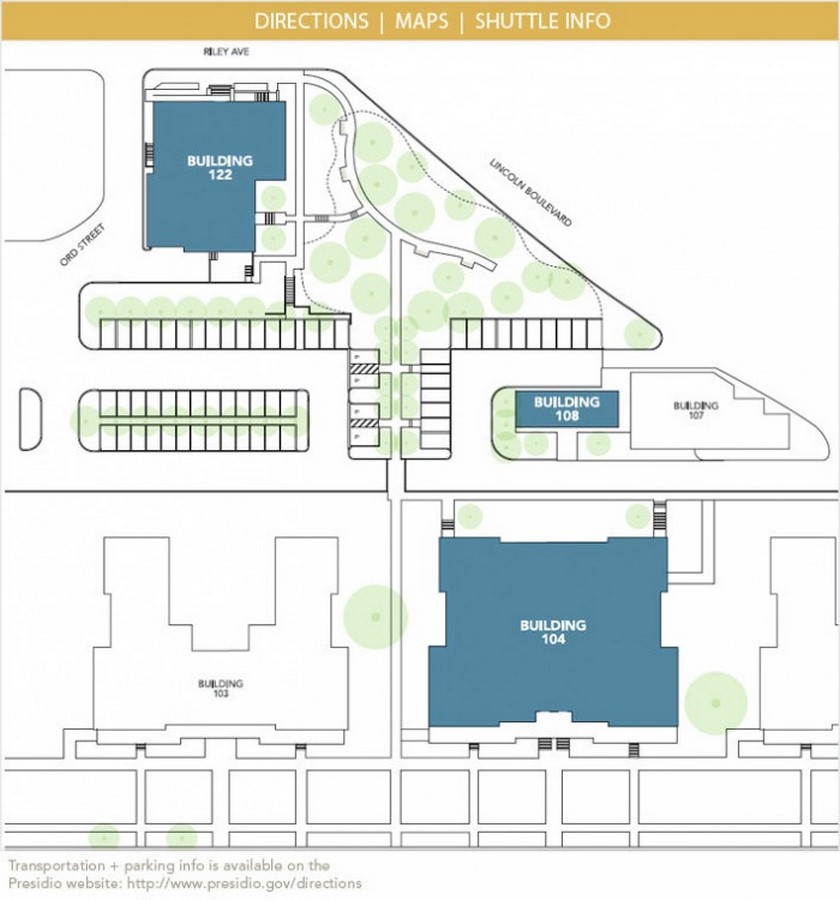
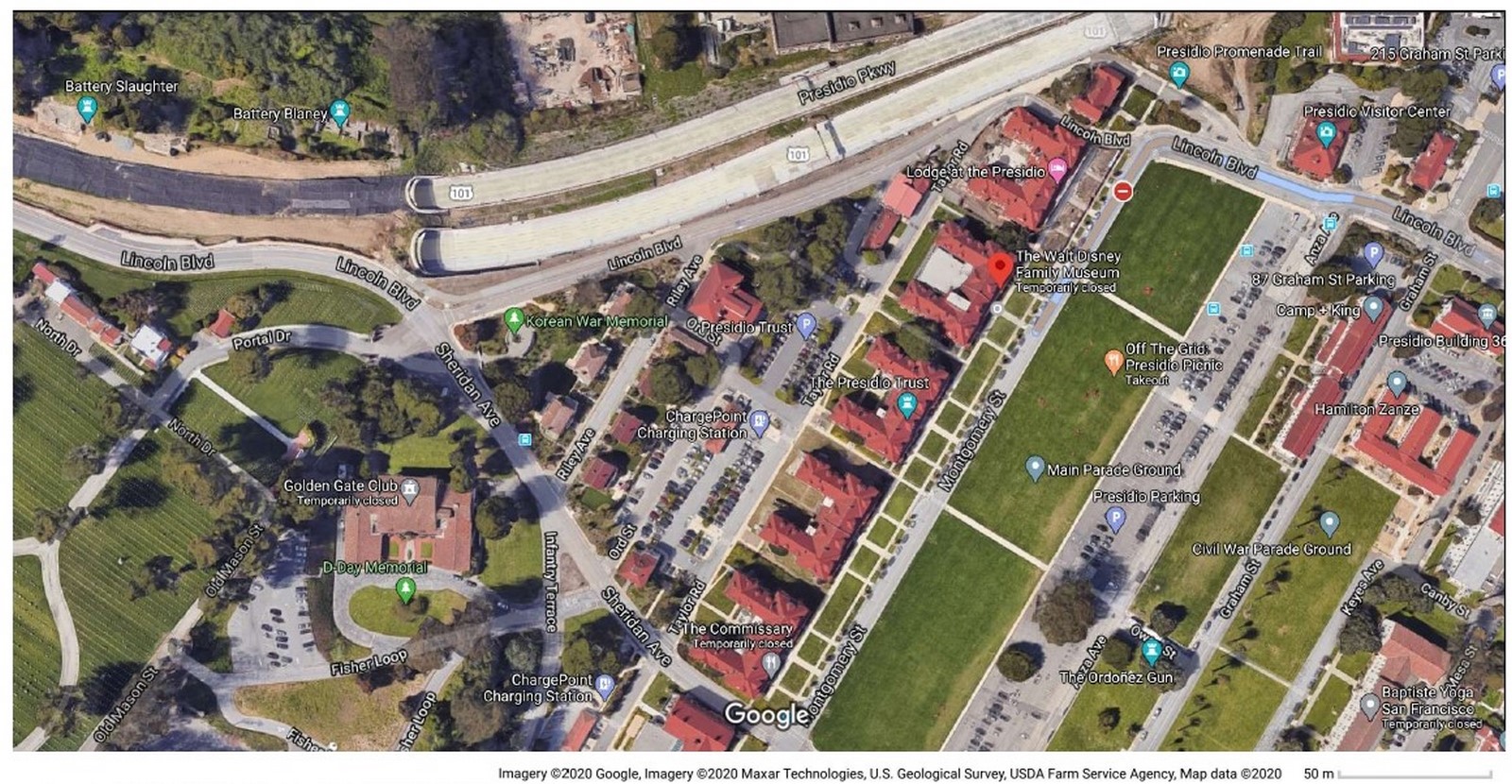
Walt Disney Family Museum was designed not merely as an exhibition center, but also as an education center and office space. The concept behind the architecture of this museum was a creation based on accessibility which inspires and educates the history around the life of Walt Disney through the voice and providing access to personal artifacts with storytelling as one of Walt’s extraordinary talents. It gives multiple perspectives, the voices of Walt’s friends and kin.
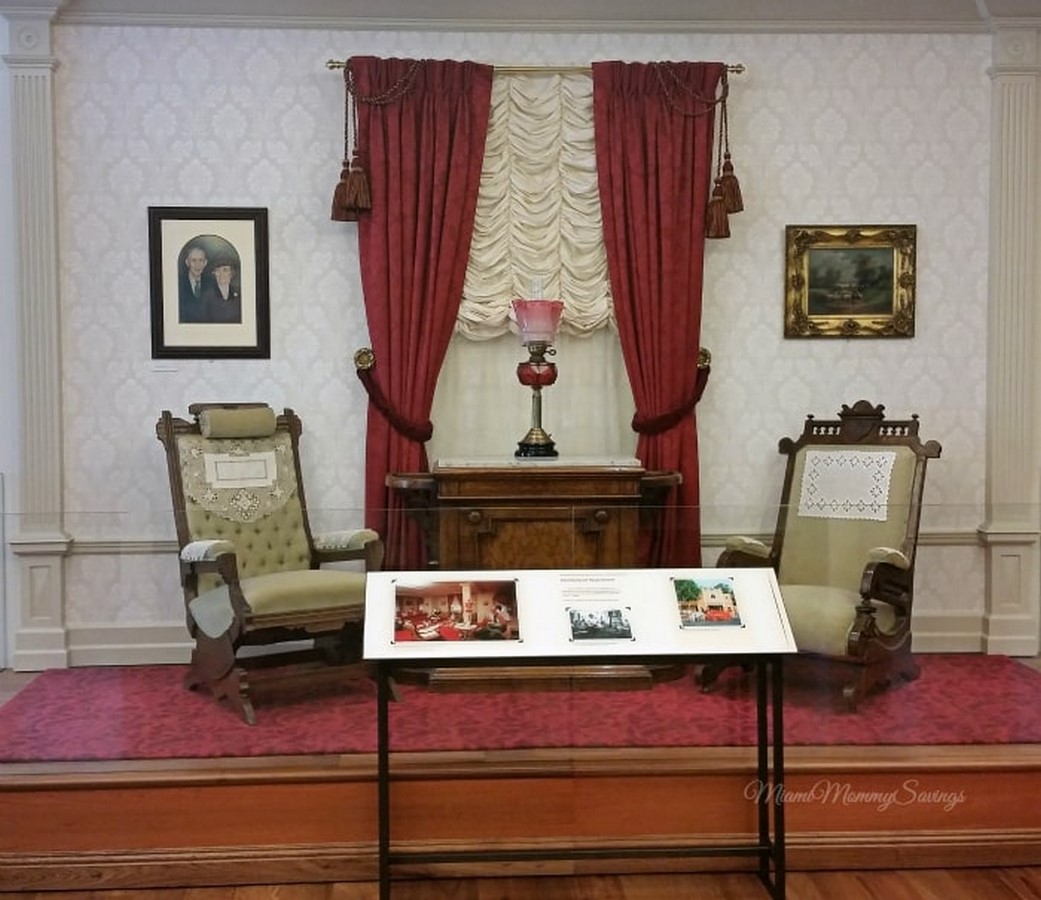
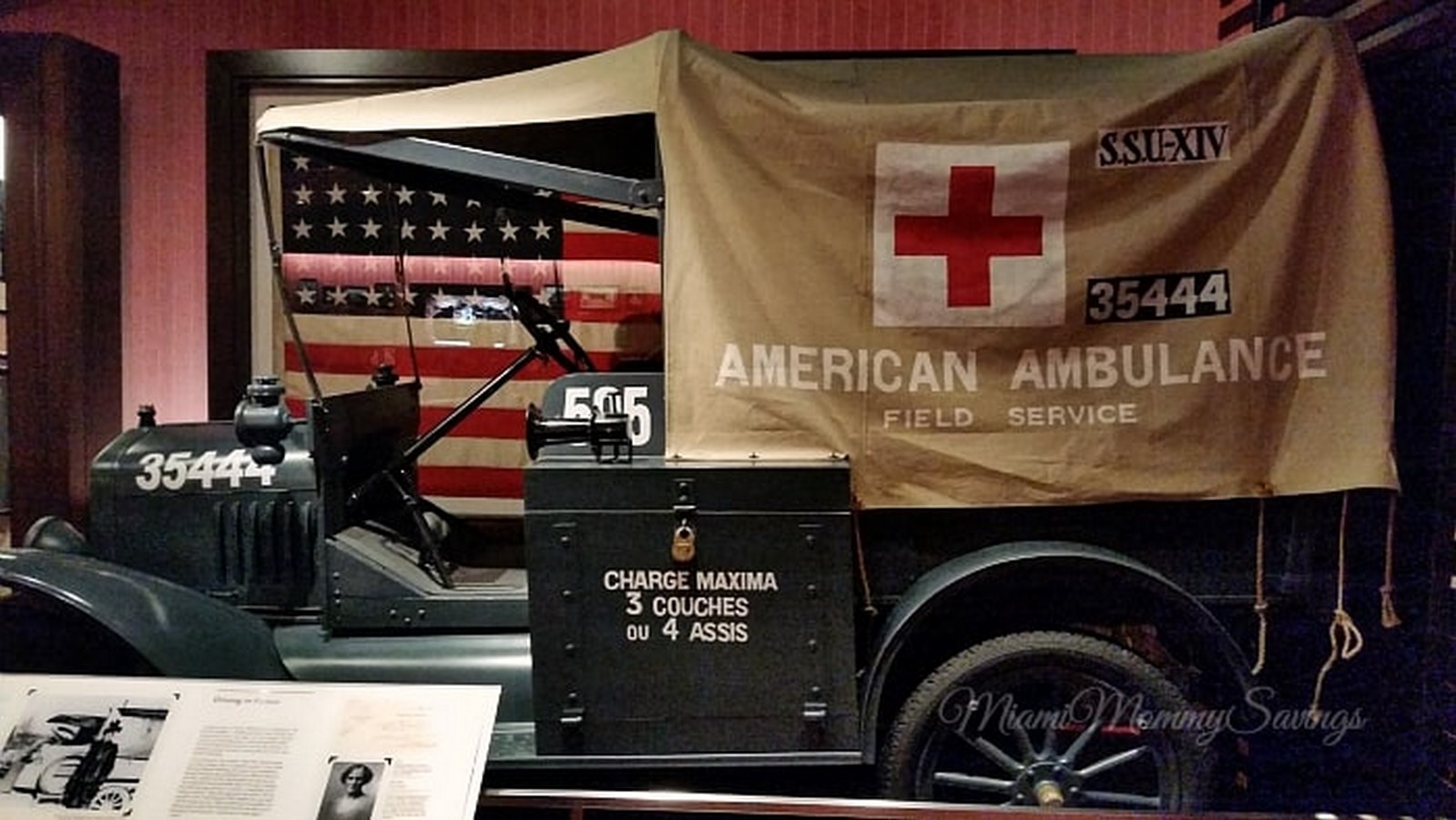
To make the museum more interactive, you will find a broad range of technologies, i.e., listening stations, communication display, which includes 200 video monitors with 123 seat screening facilities, and film posters showing film footage. You can likewise hear the recordings of Walt Disney and his collaborators discussing work and life. There are features of the hands-on interactive session that allow the visitors to try syncing sound with animation and learn the working of a multiplane camera.
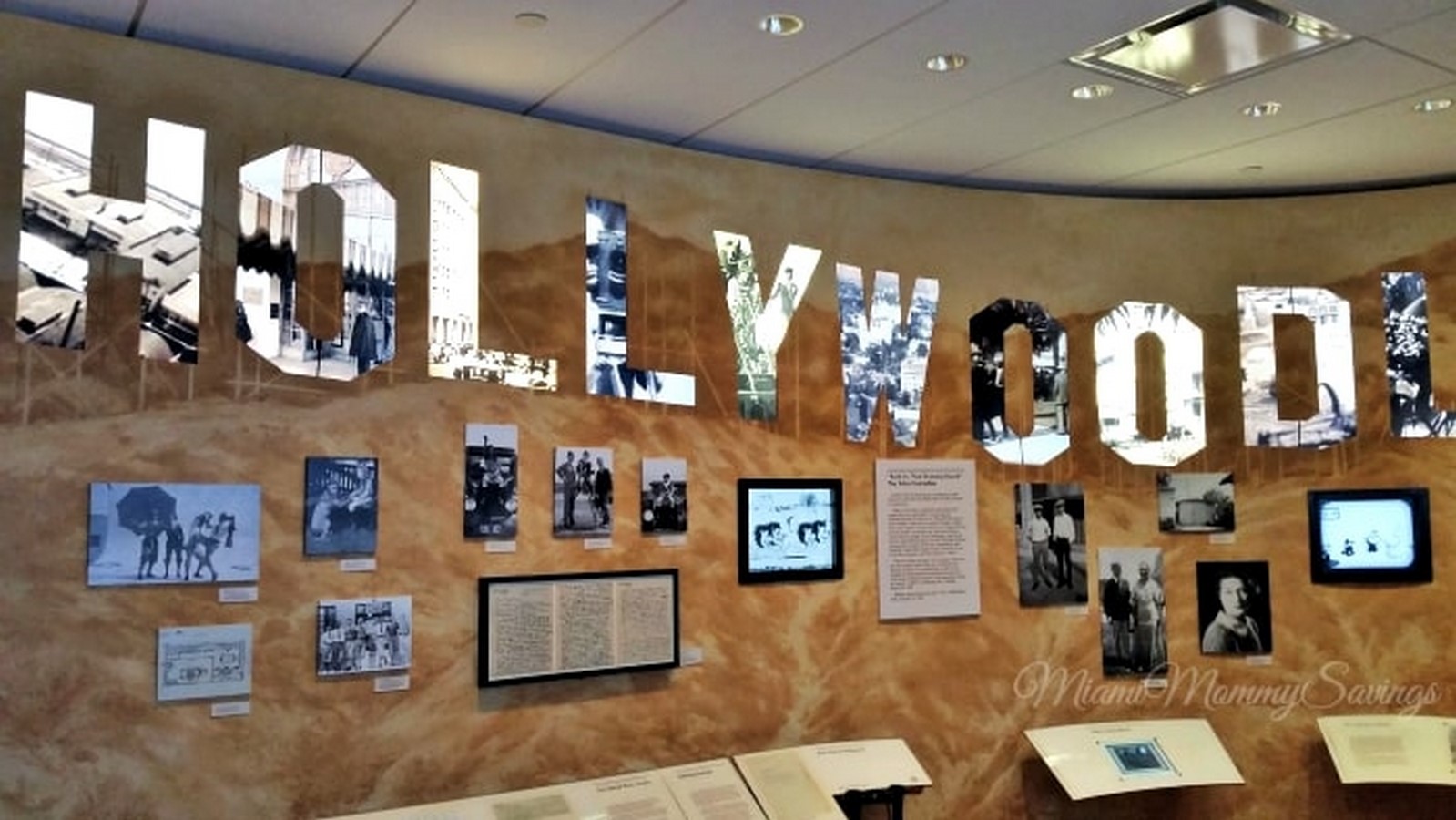

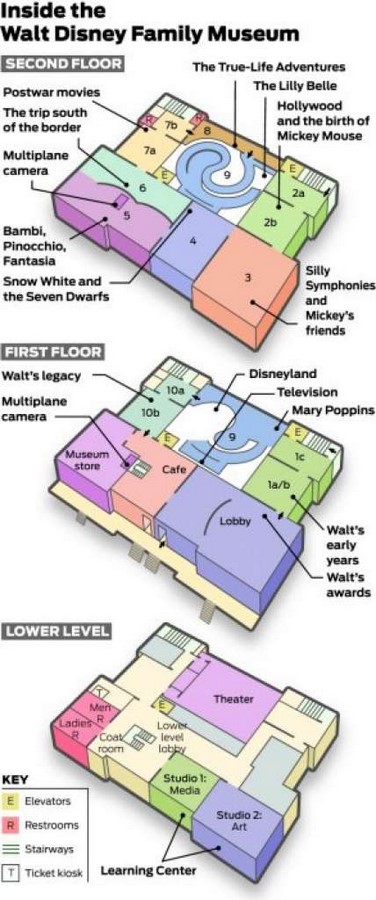
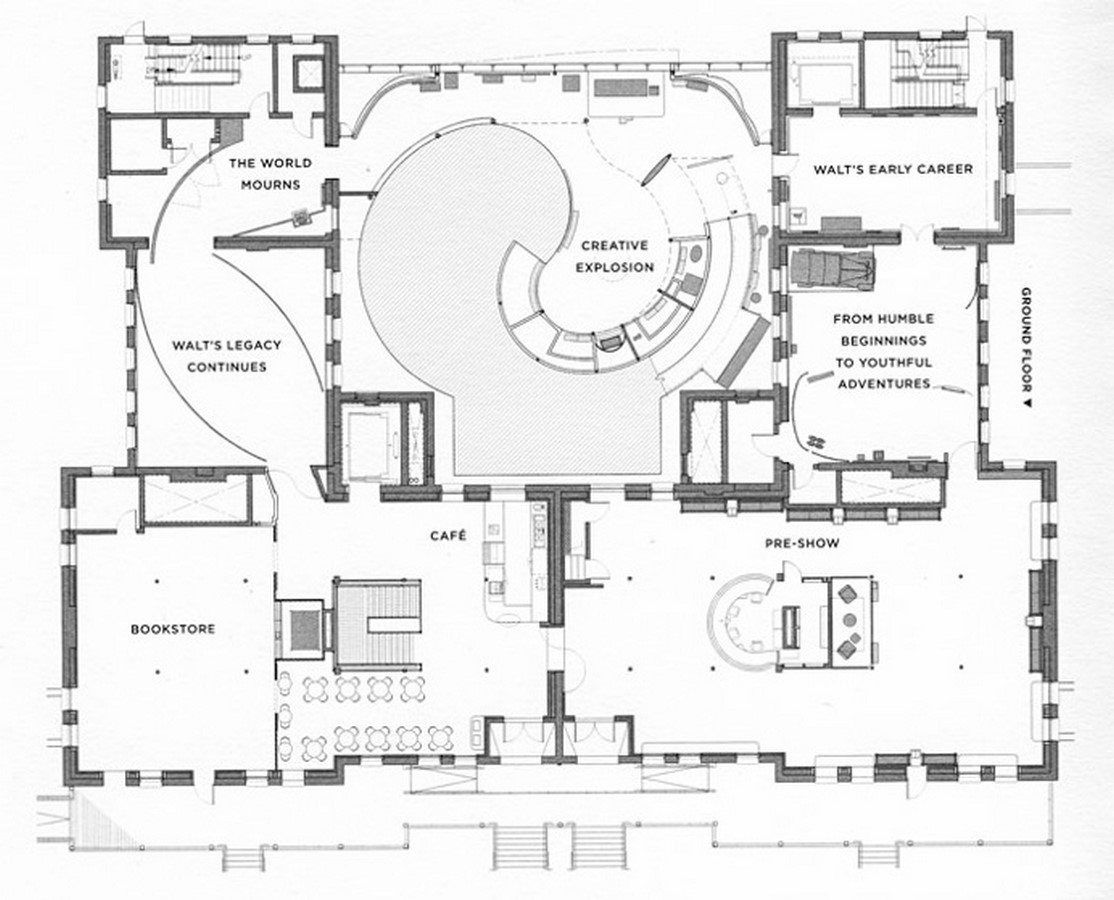
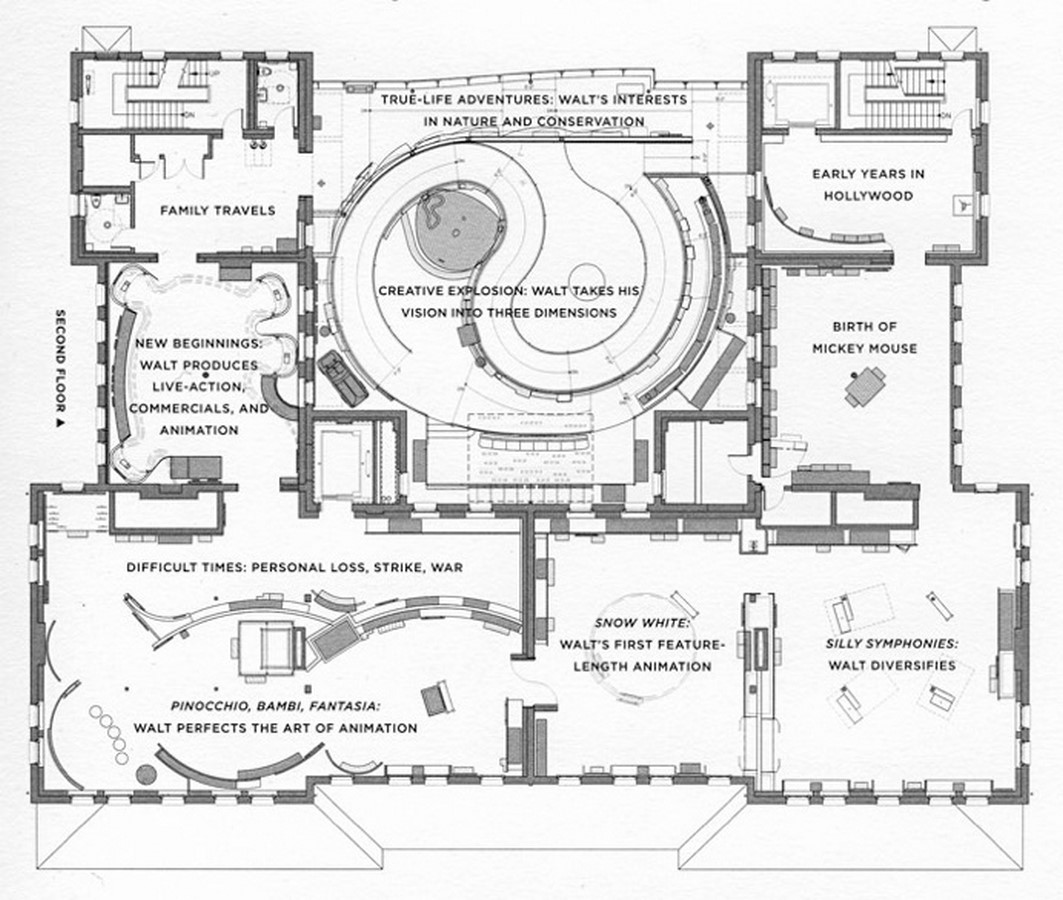
The site of WDFM is divided into different sections so that visitors can easily pick out from the segregation between the building blocks. Building 104 is a Primary Public Museum, which was used to be a former identical barrack building of the U.S. Army, and today includes the life story of Walt Disney. This public museum was designed to provide an environment with better reciprocation. It consists of 10 sequential galleries including a double-height gallery with a ramp structure, a theatre with 114 seats, 2 learning classrooms, and a café to hang out. You enter the museum through gallery 1, which begins with the former life of Walt Disney, and subsequently you move further to connect with his works and career. The building is divided into 2 floors, including a lower floor area for the hands-on program. The first floor describes the life and education of Disney while the second floor sketches his work in Hollywood with the birth of Mickey Mouse and illustration of Alice in Wonderland.
VIEW OF GALLERY 1-BEGINNINGS
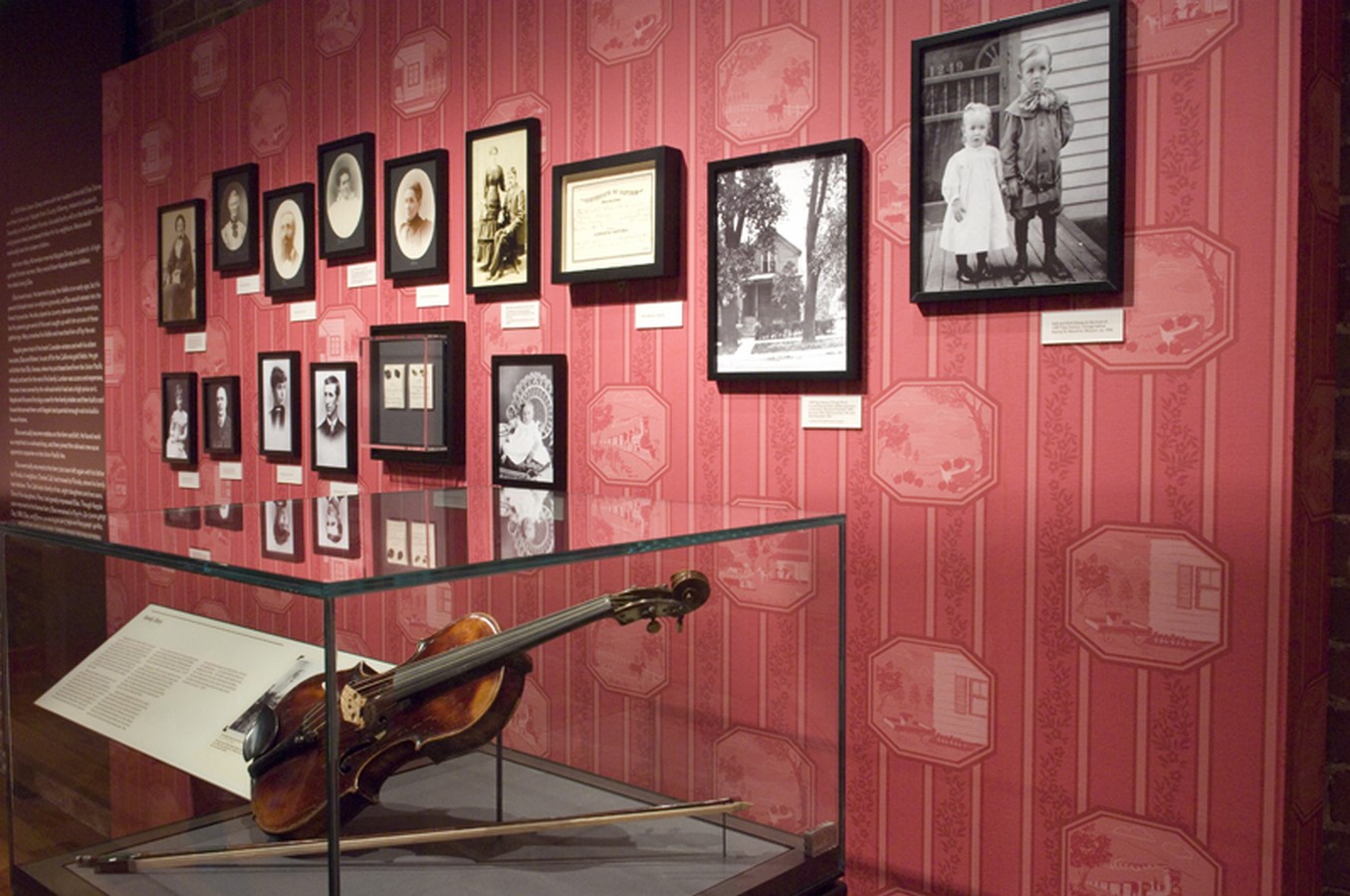
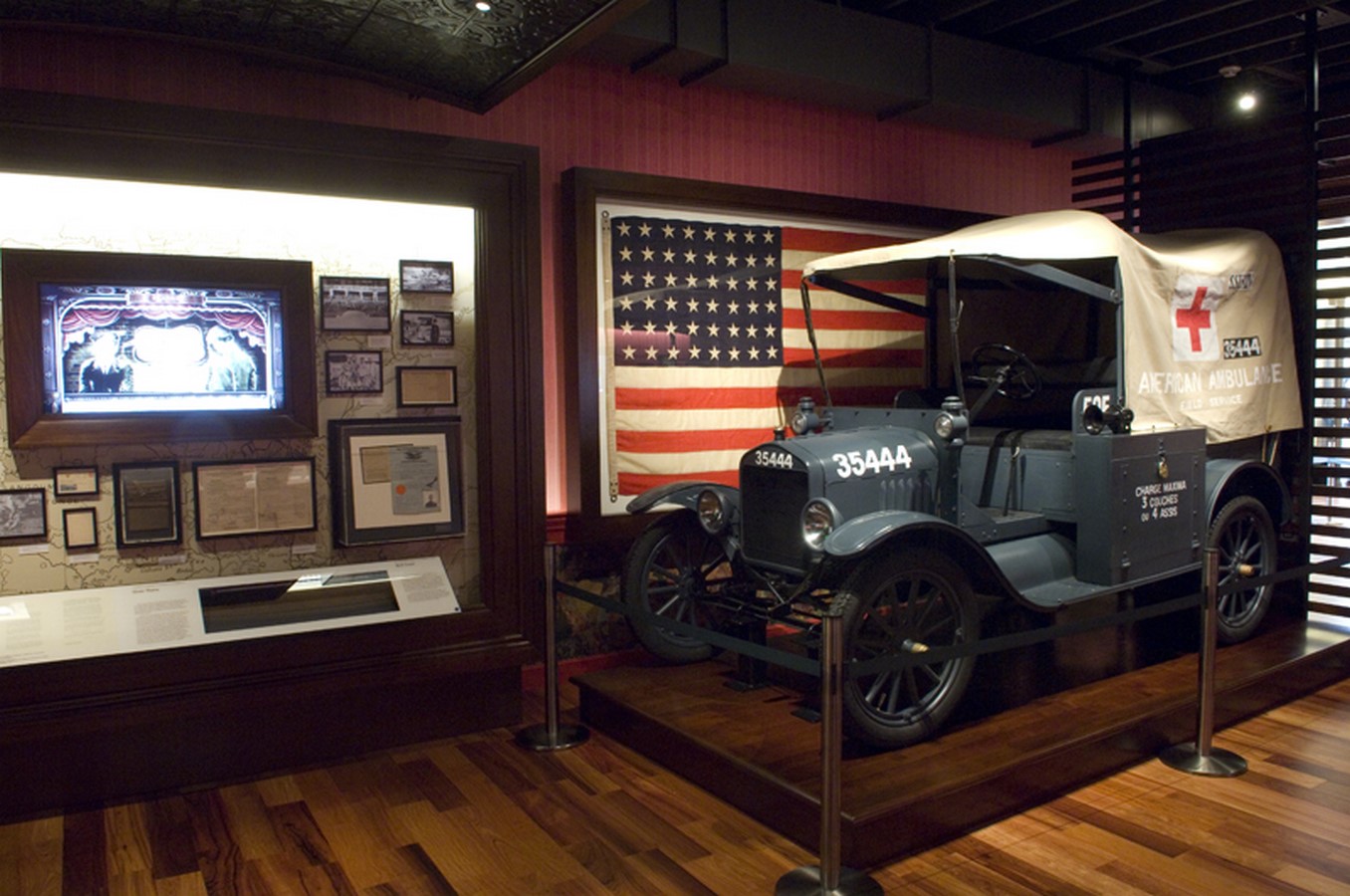
VIEW OF GALLERY 2- HOLLYWOOD
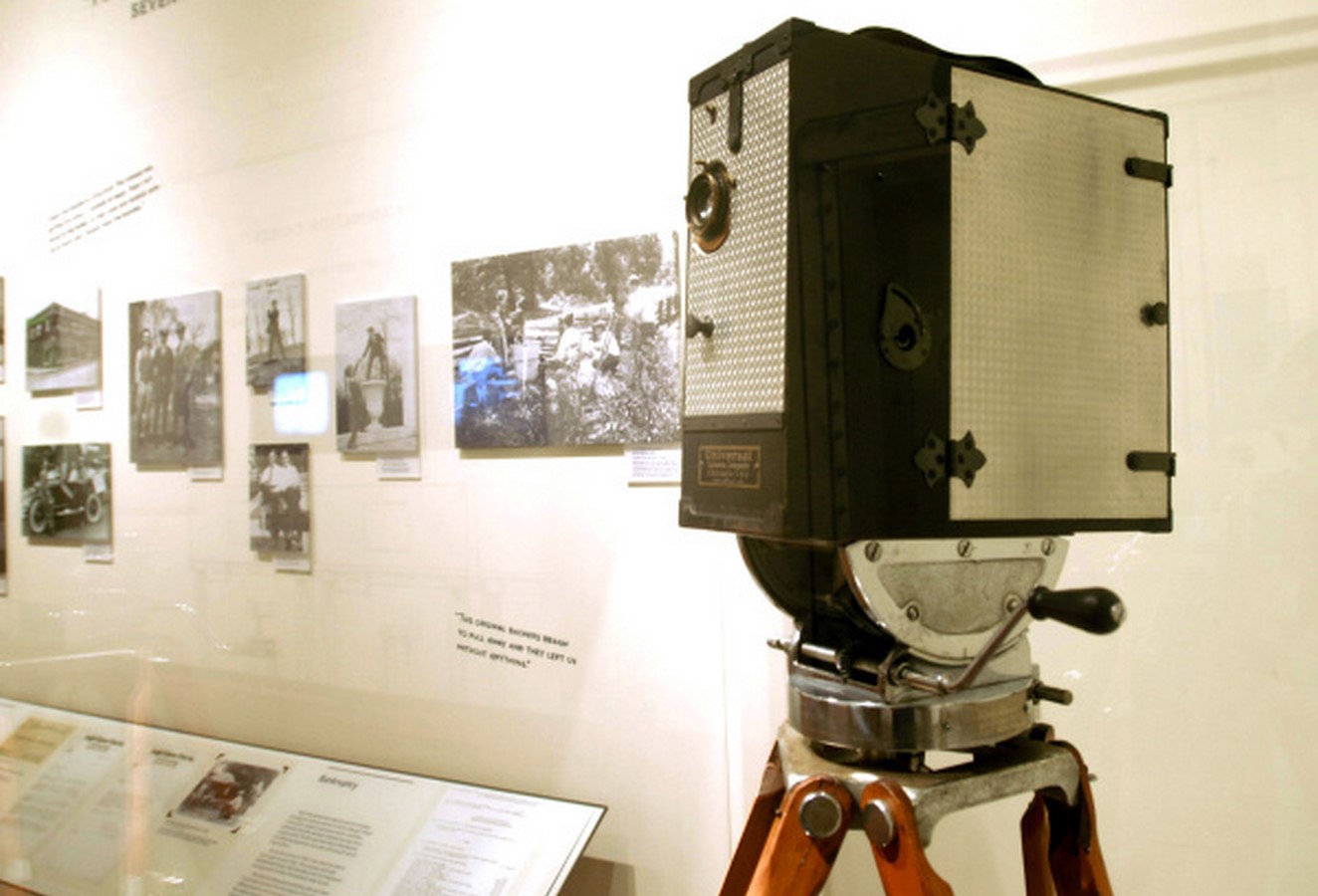

VIEW OF GALLERY 3- NEW HORIZONS
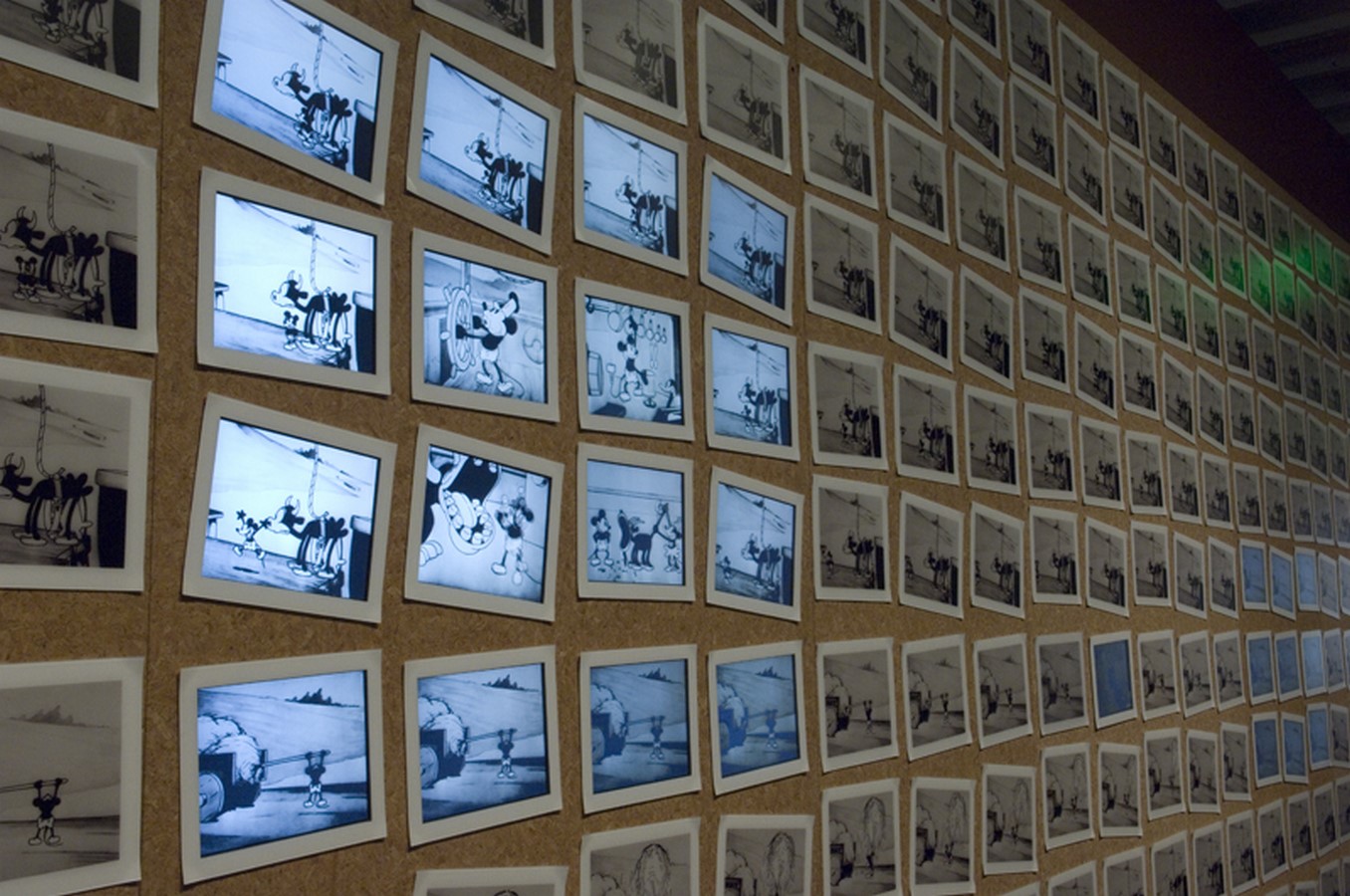
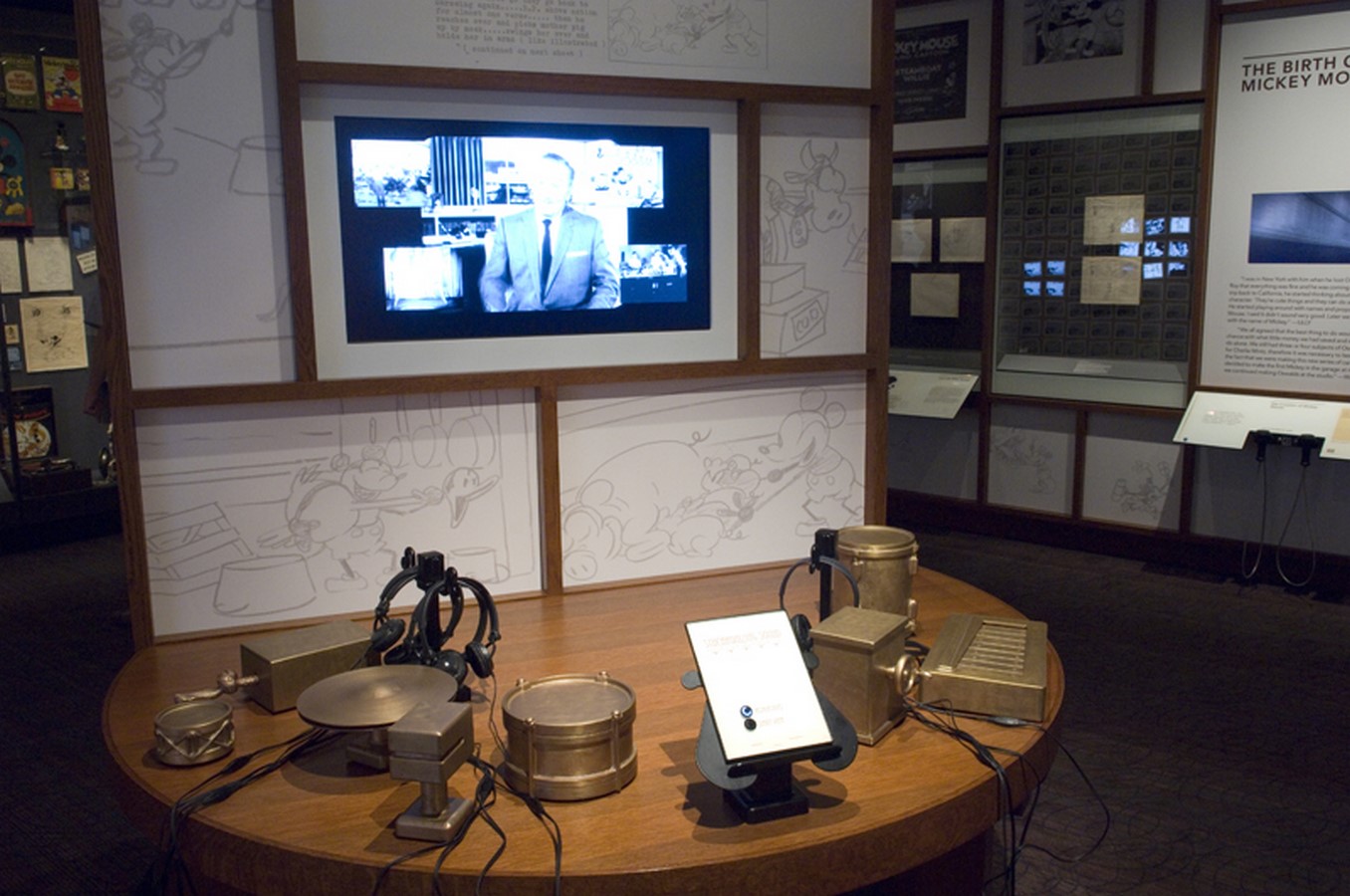
VIEW OF GALLERY 4- THE MOVE TO FEATURES
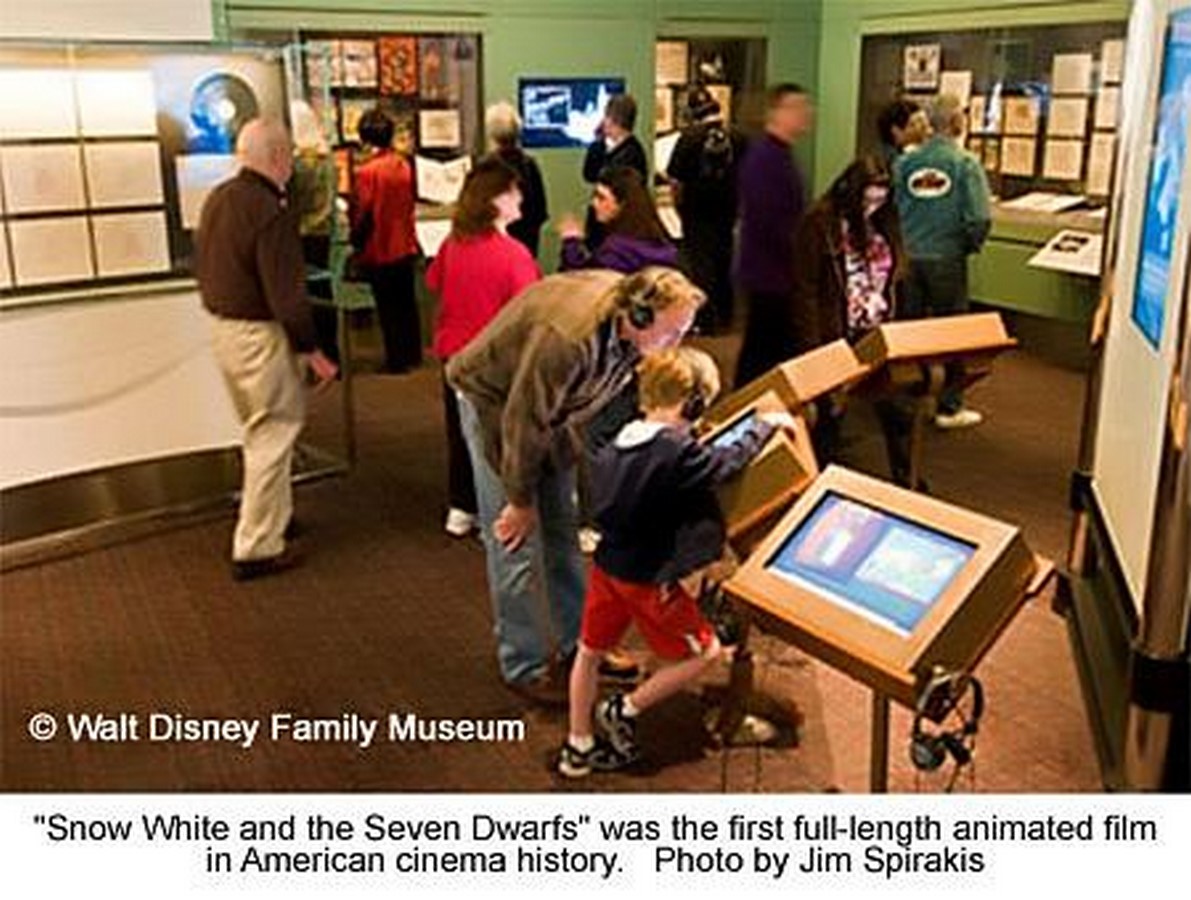

VIEW OF GALLERY 5- NEW SUCCESS & GREATER AMBITIONS
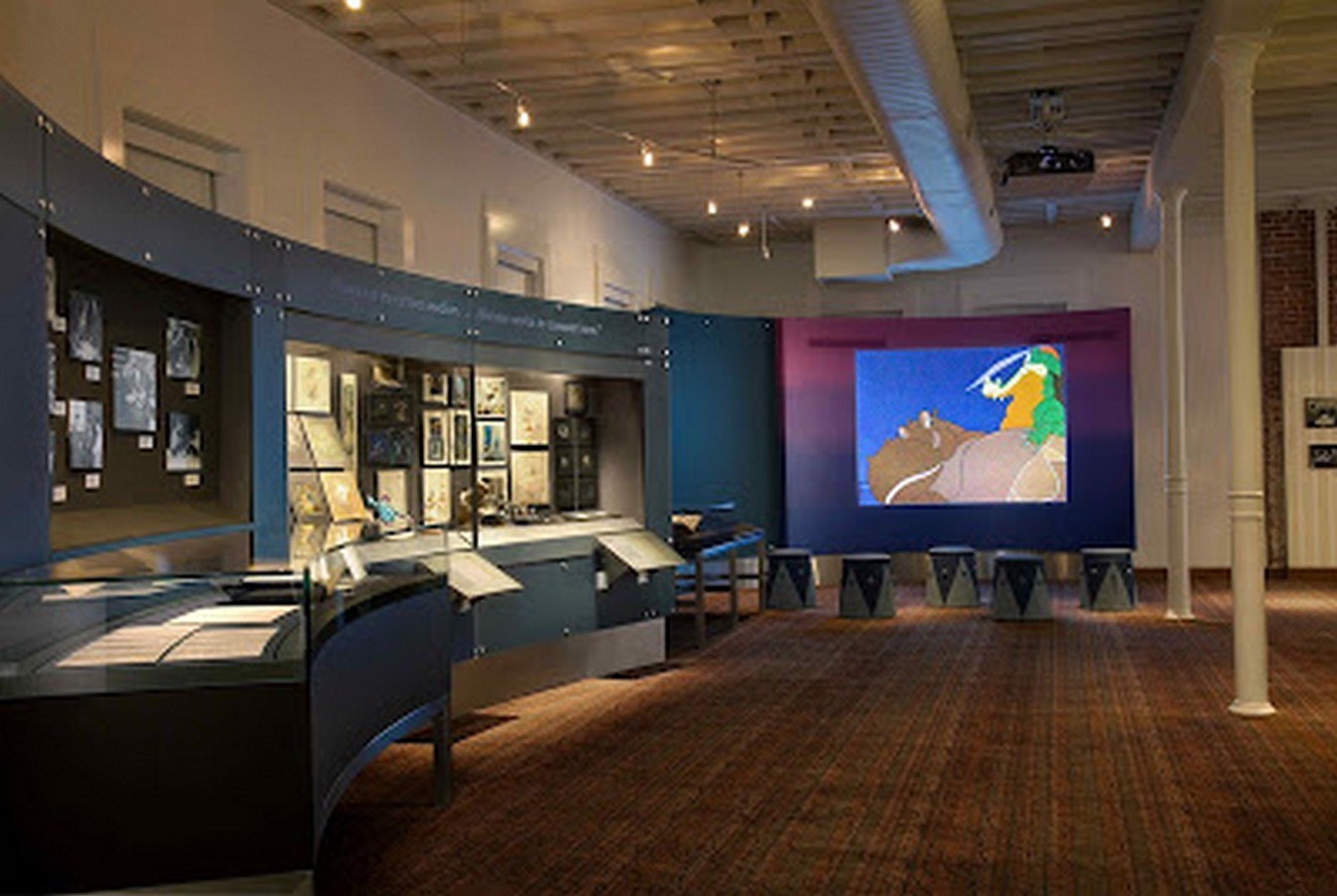
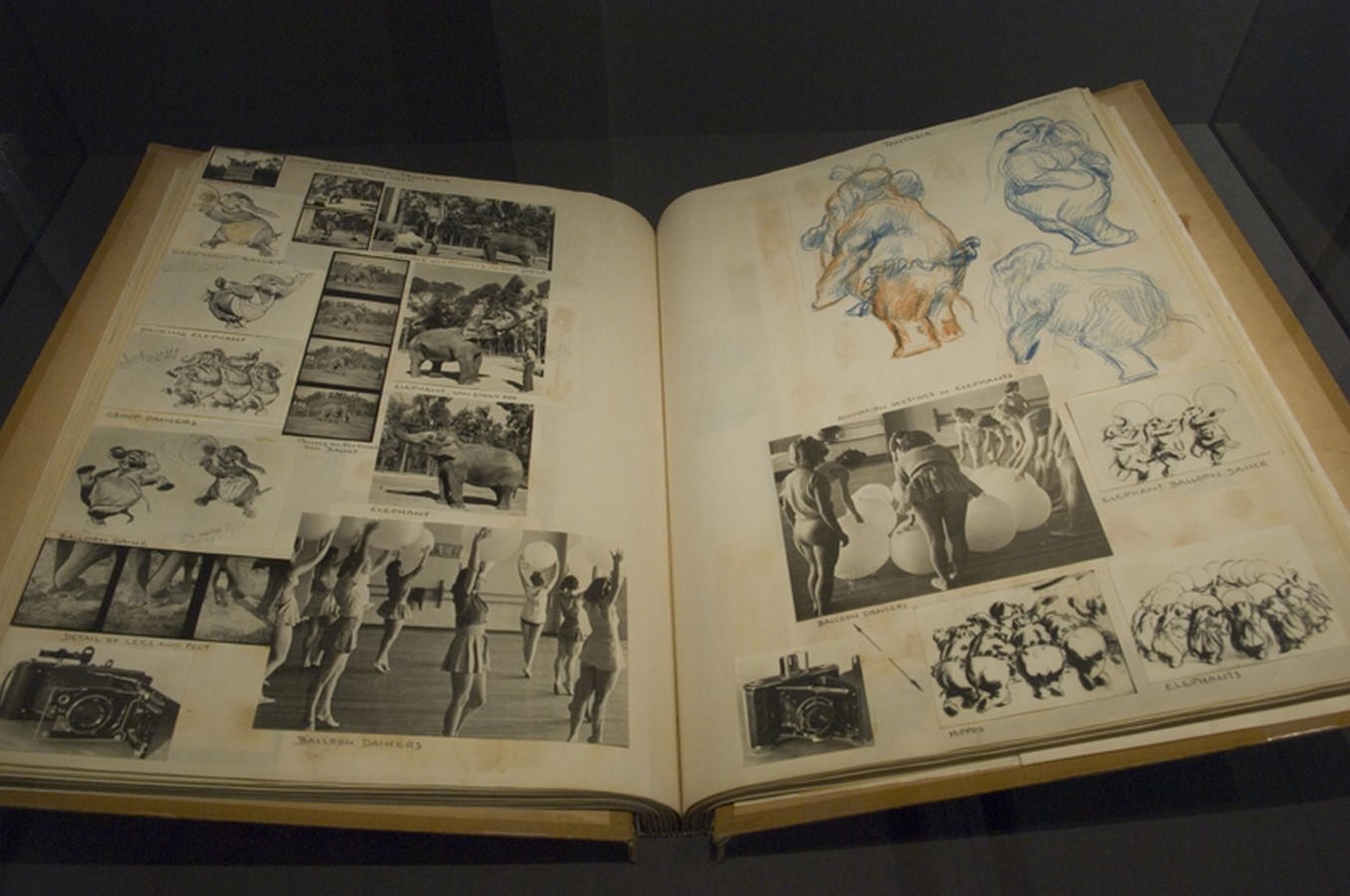
VIEW OF GALLERY 6- THE LATE ’30s TO MID ’40s
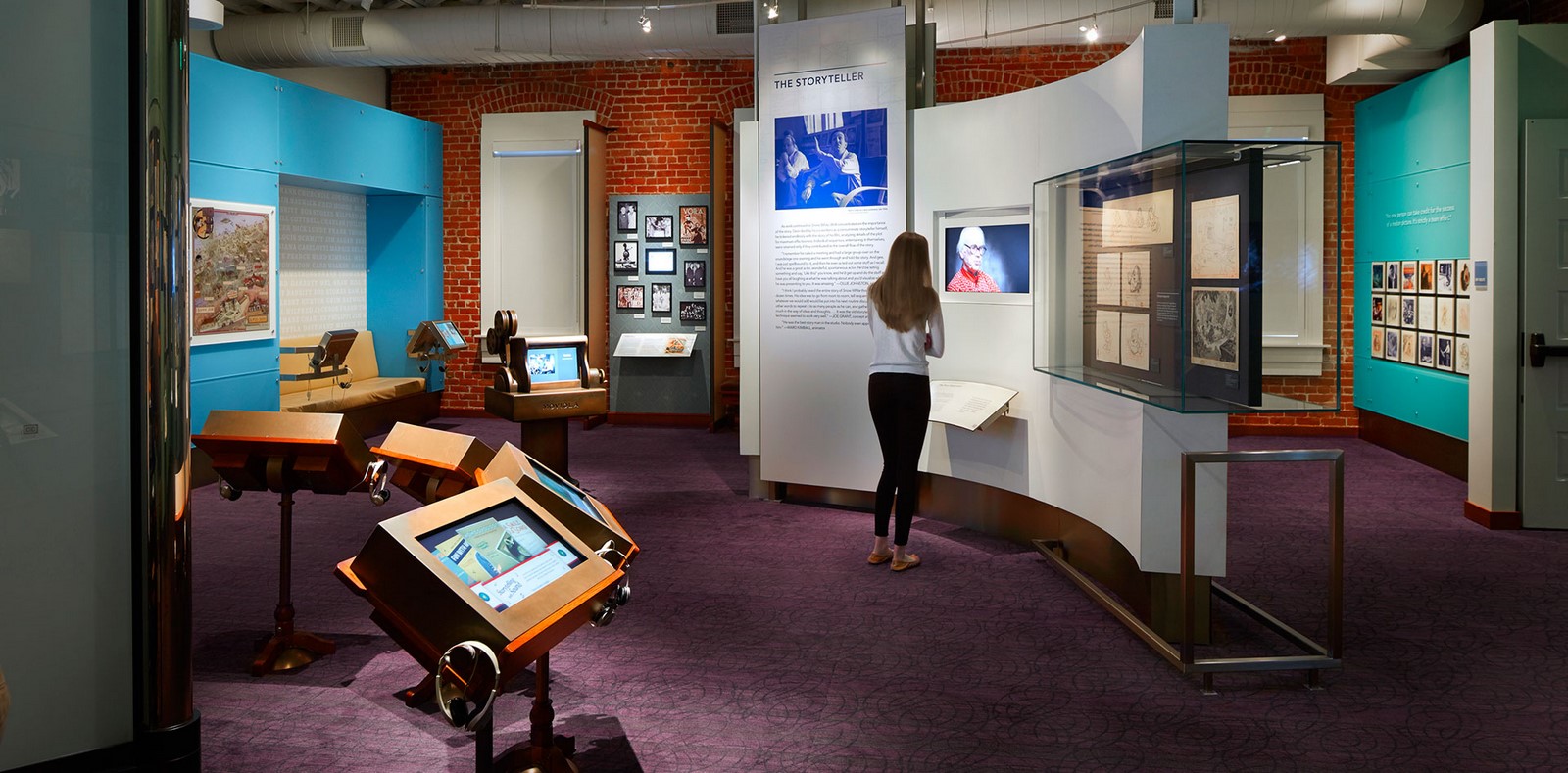
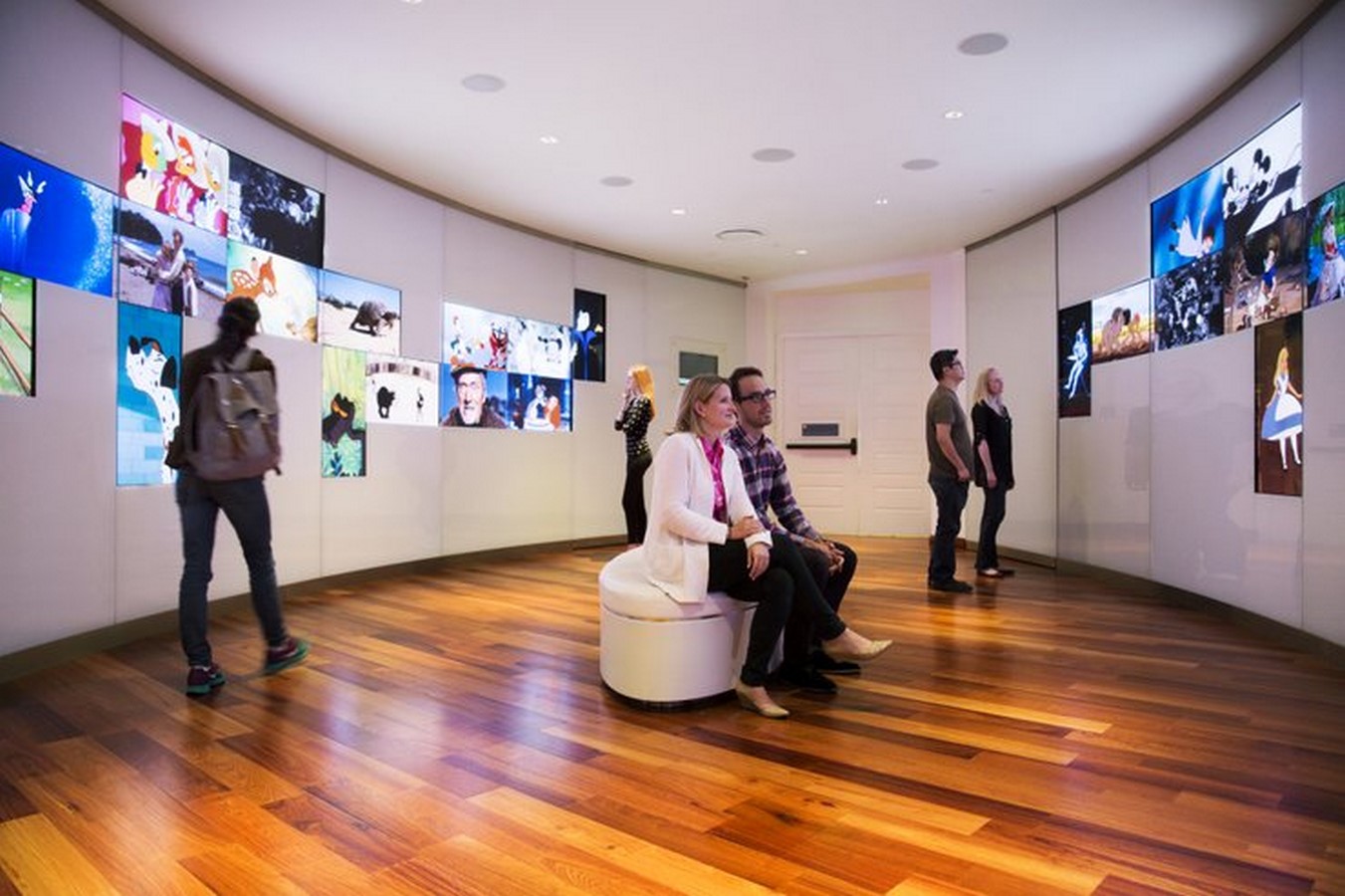
VIEW OF GALLERY 7- POST-WAR REBUILDING
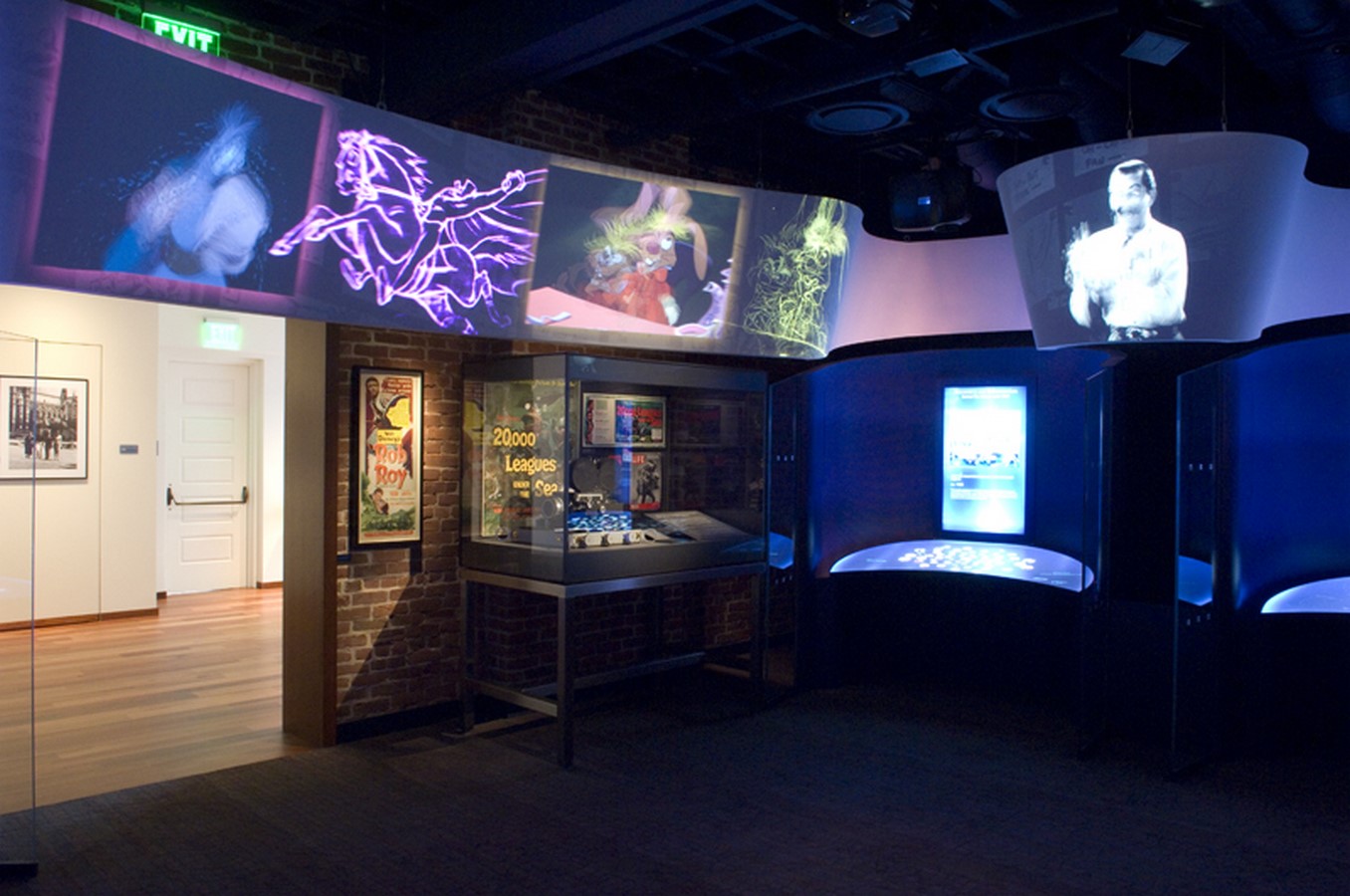
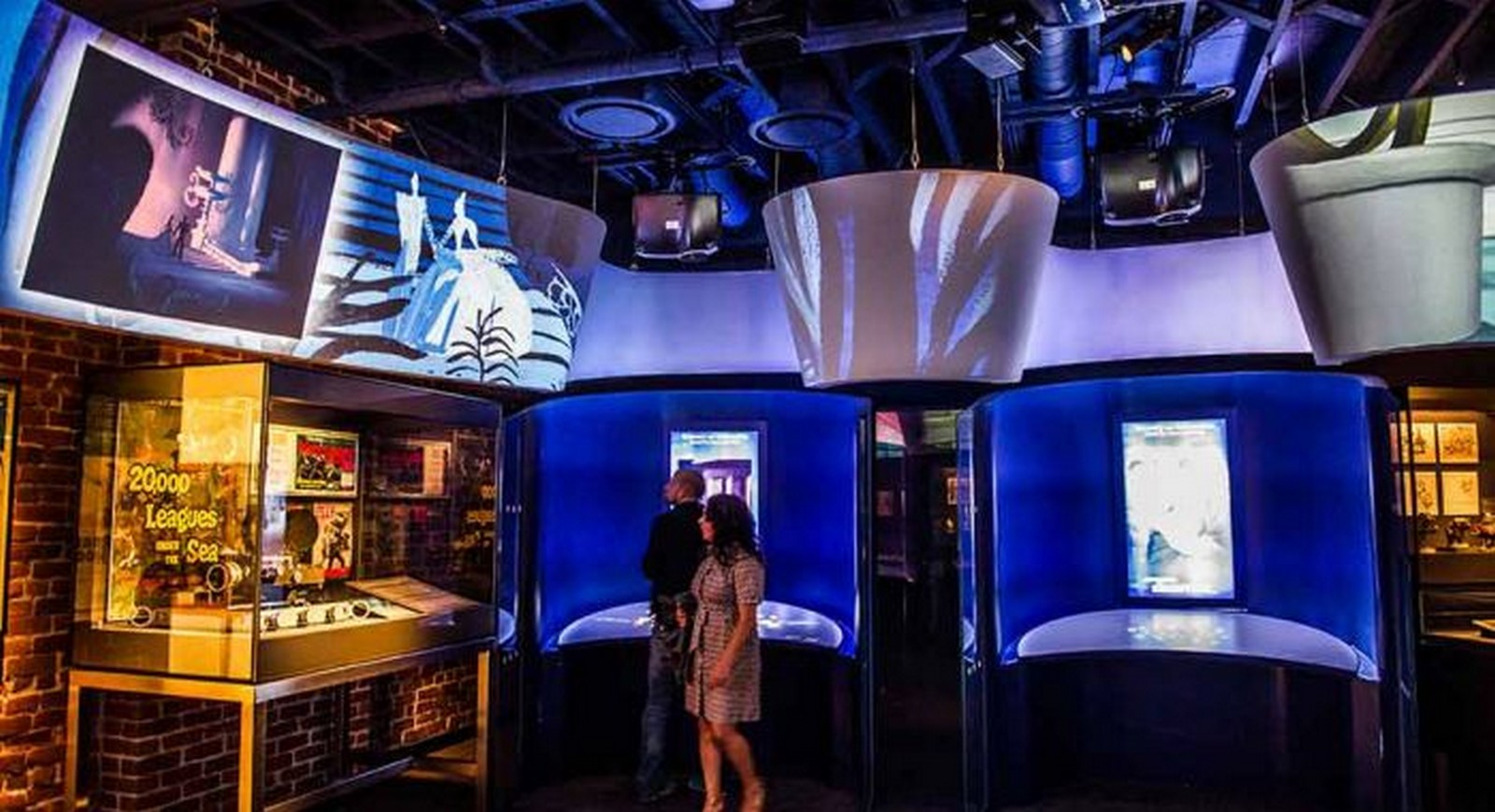
VIEW OF GALLERY 8- WALT AND THE NATURAL WORLD
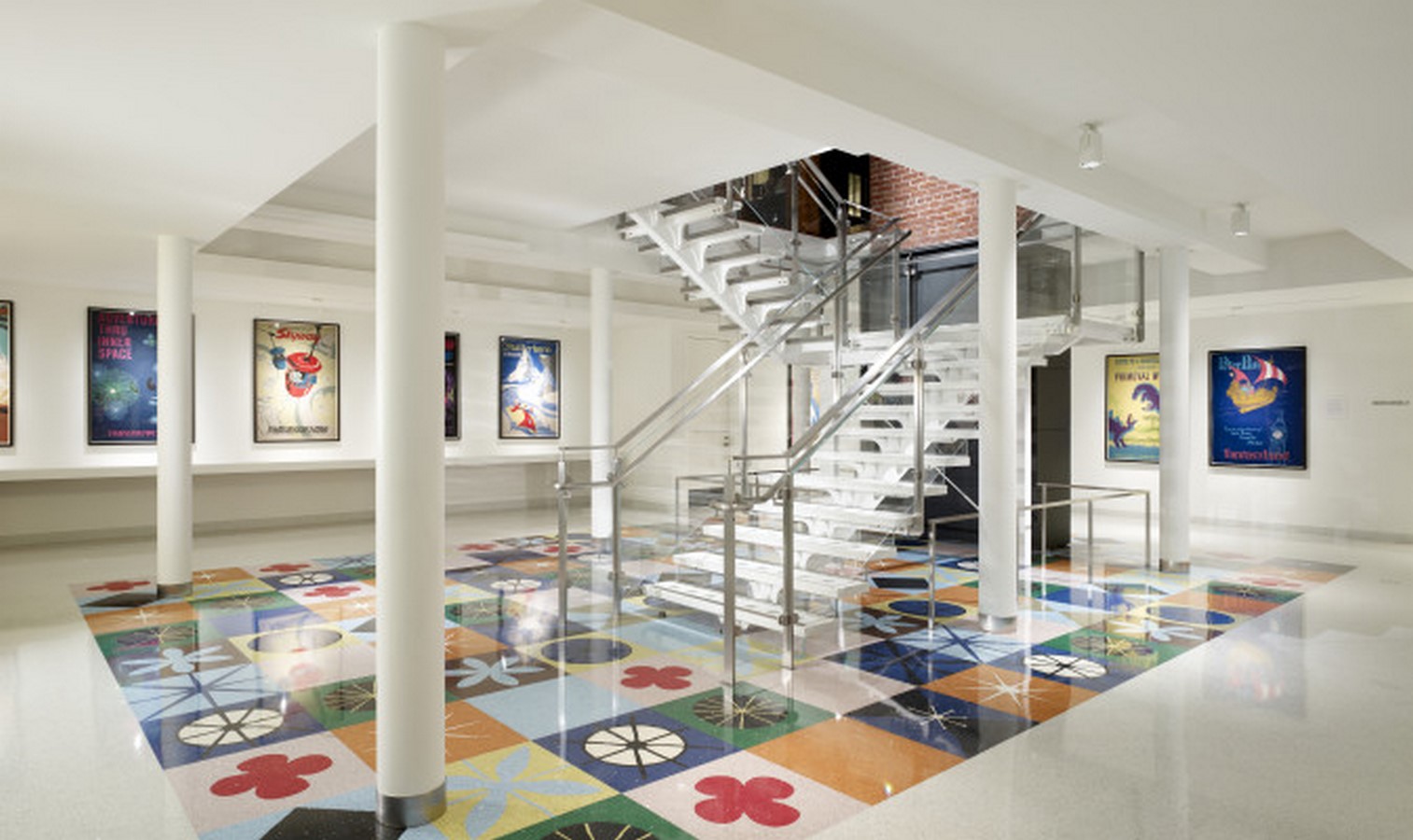
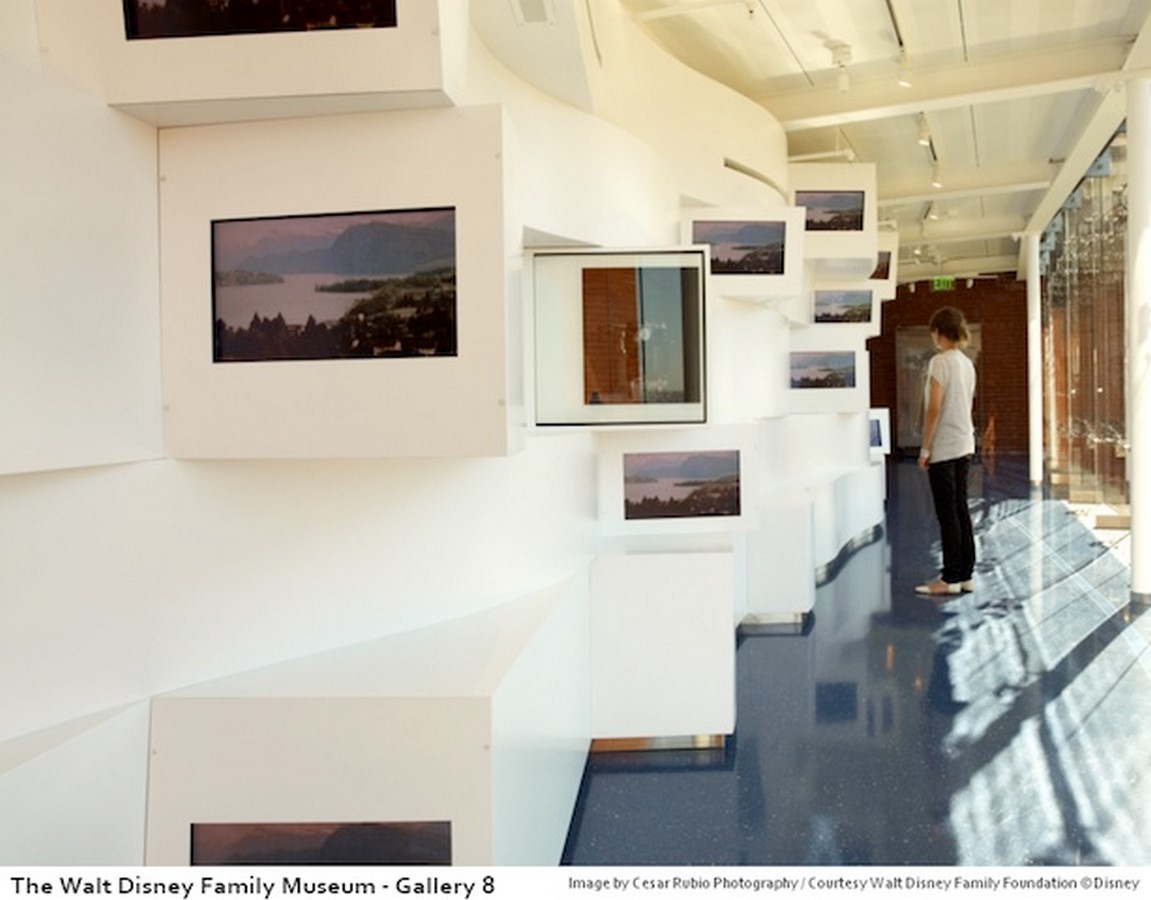
VIEW OF GALLERY 9- THE 1950s & 1960s
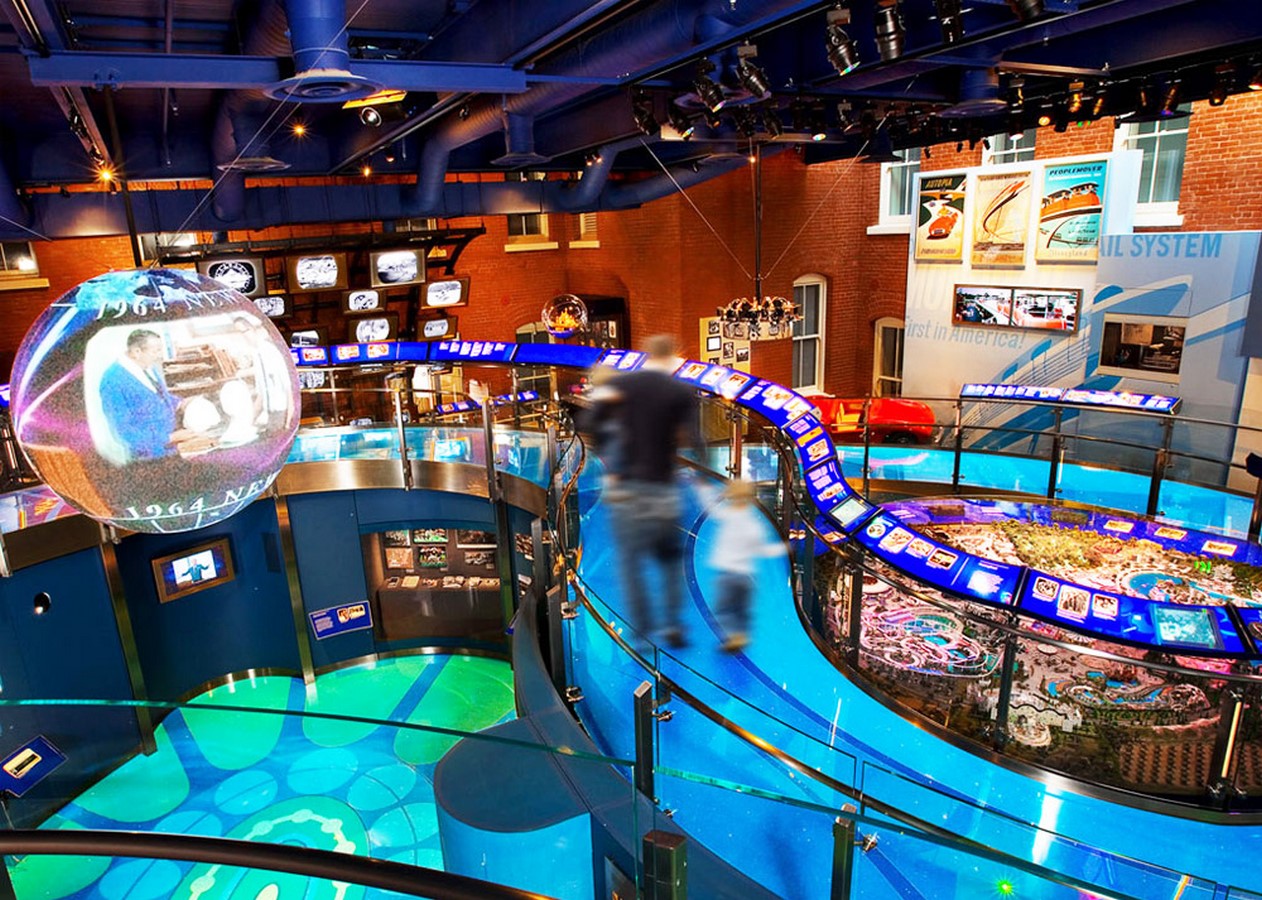
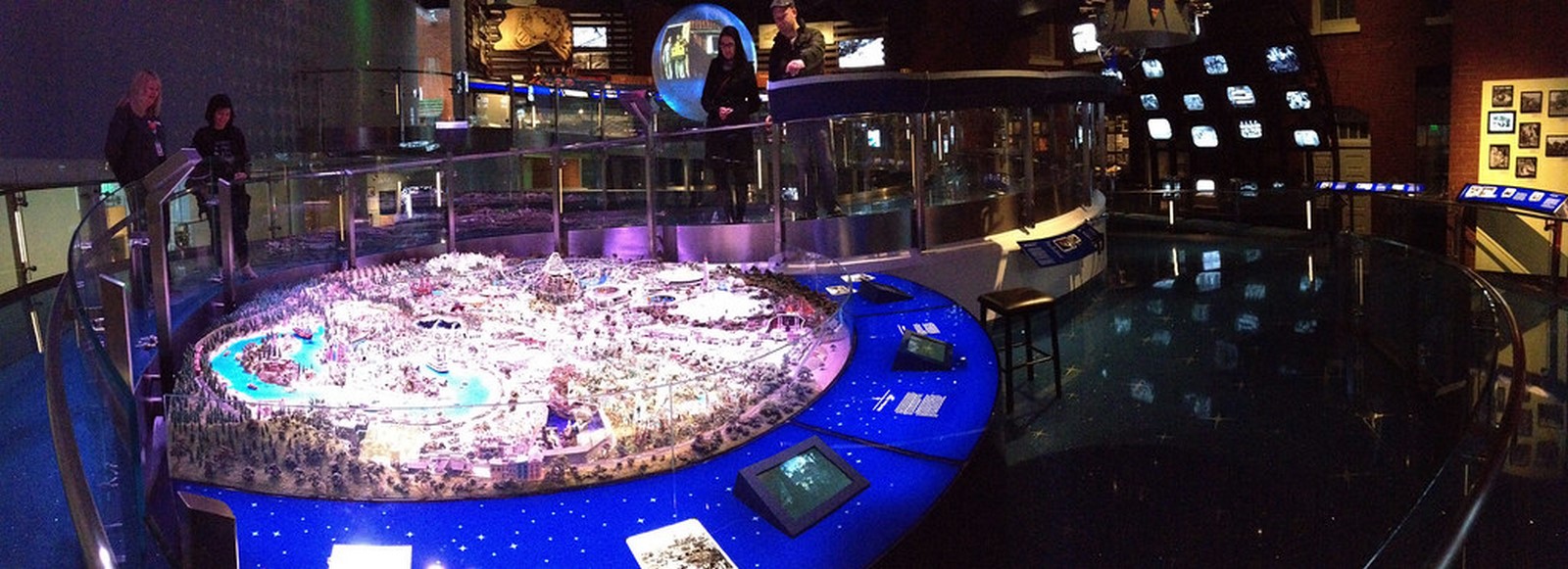
VIEW OF GALLERY 10- REMEMBERING WALT DISNEY
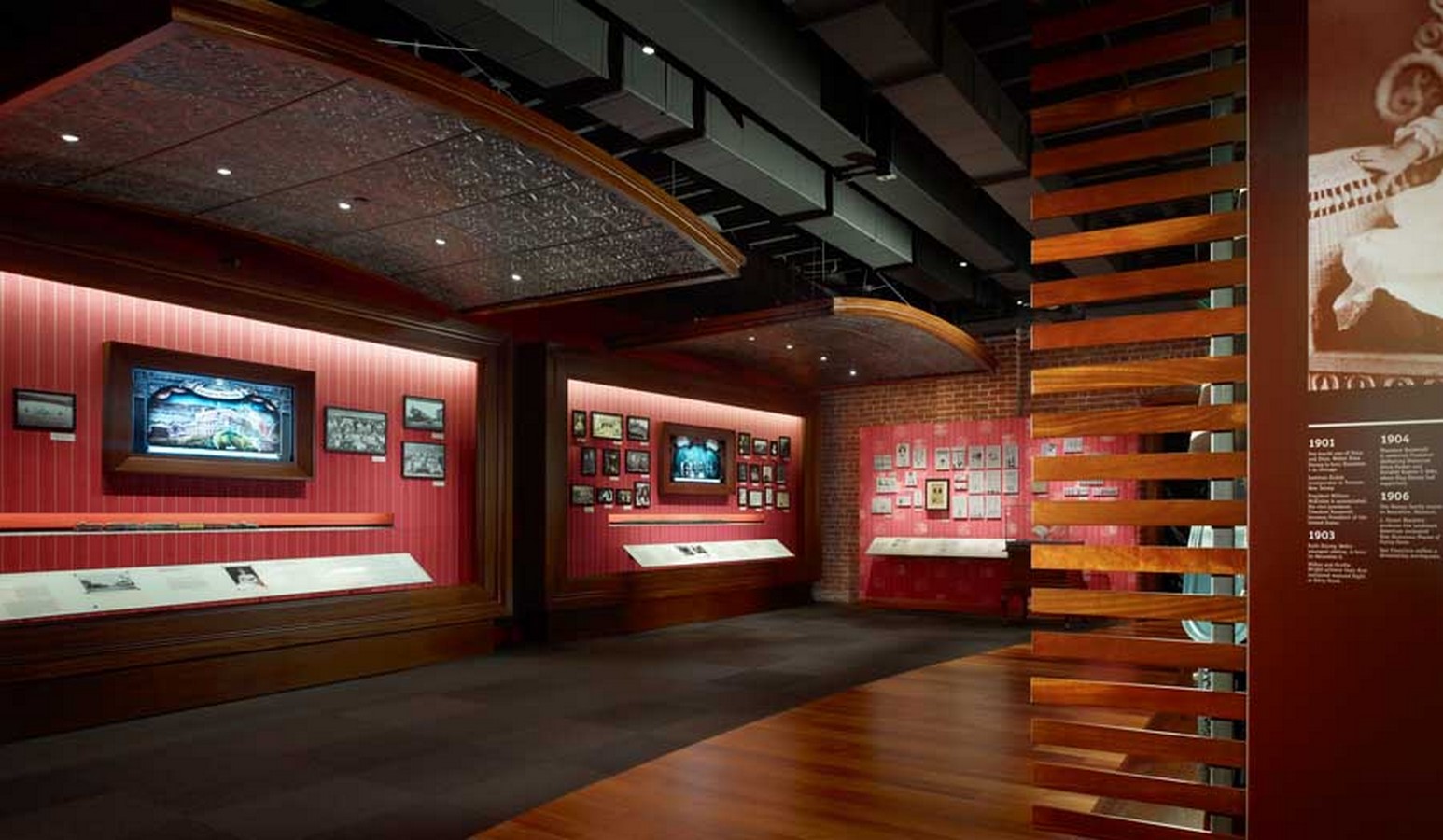
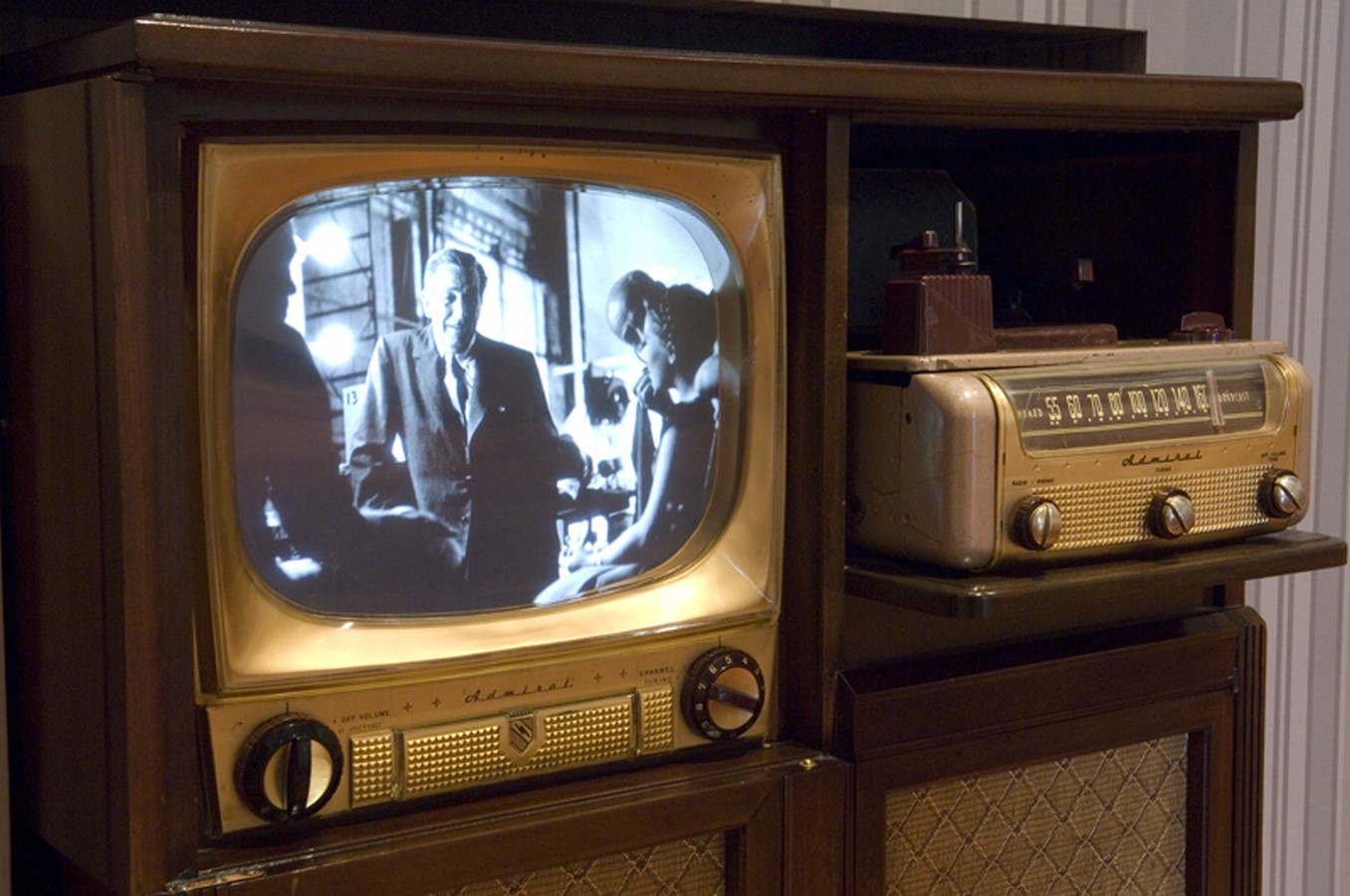
Every gallery has an exciting name for visitors to conceive better visualization. You will be able to envisage the details while observing through the galleries because the spatial arrangements of galleries provide a roughly chronological path to travel along. The interiors of the public museum are decorated to evoke the environment of Walt’s era with each corner describing the artifacts and exhibits that belonged to him.
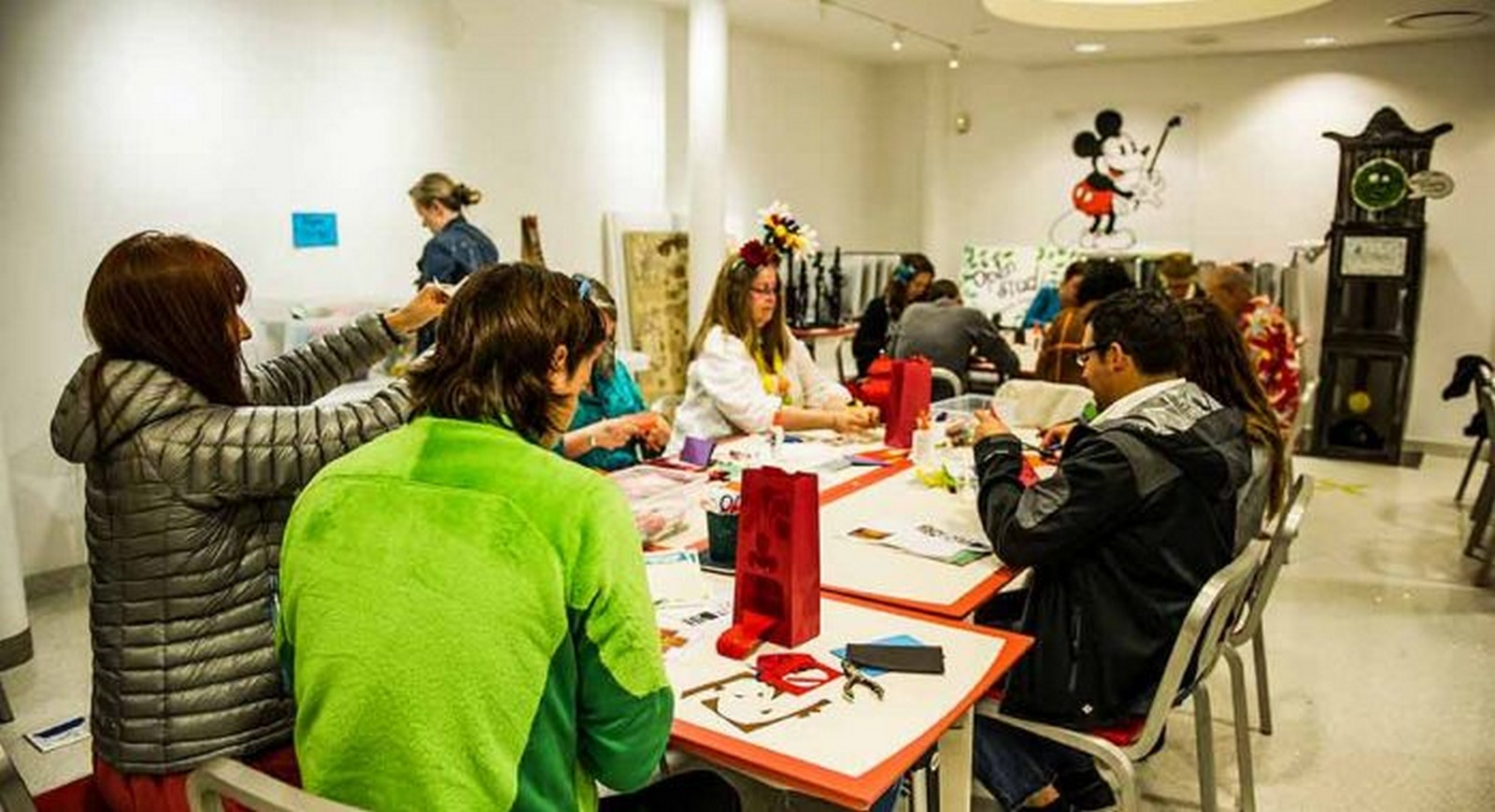
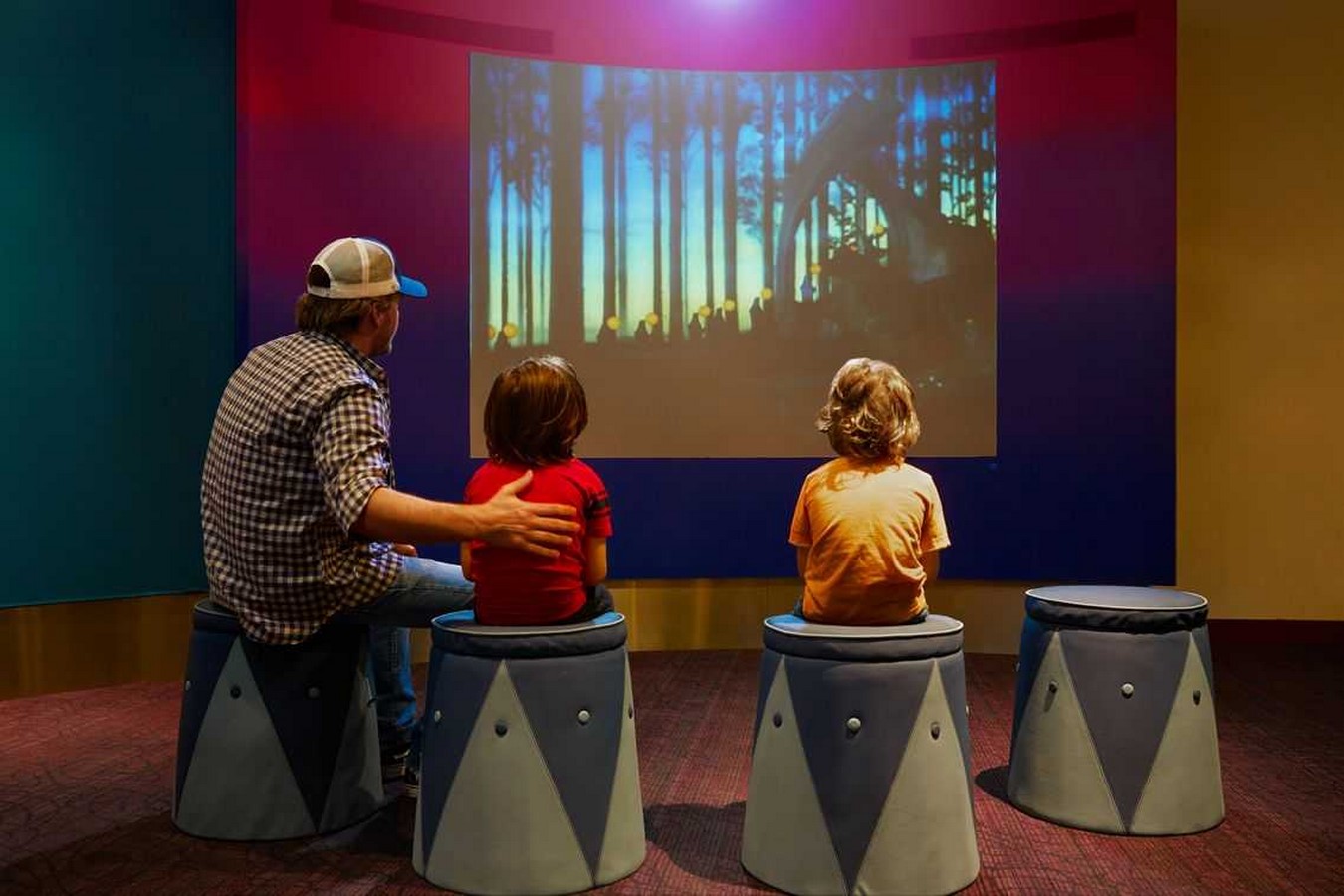
The floor space has been crafted to integrate videos, rare artworks, family photographs, home movies, and historical objects. You will find the display monitors on the railing of the ramp leading to the next floor with an interactive model of Disneyland in the center of the gallery.
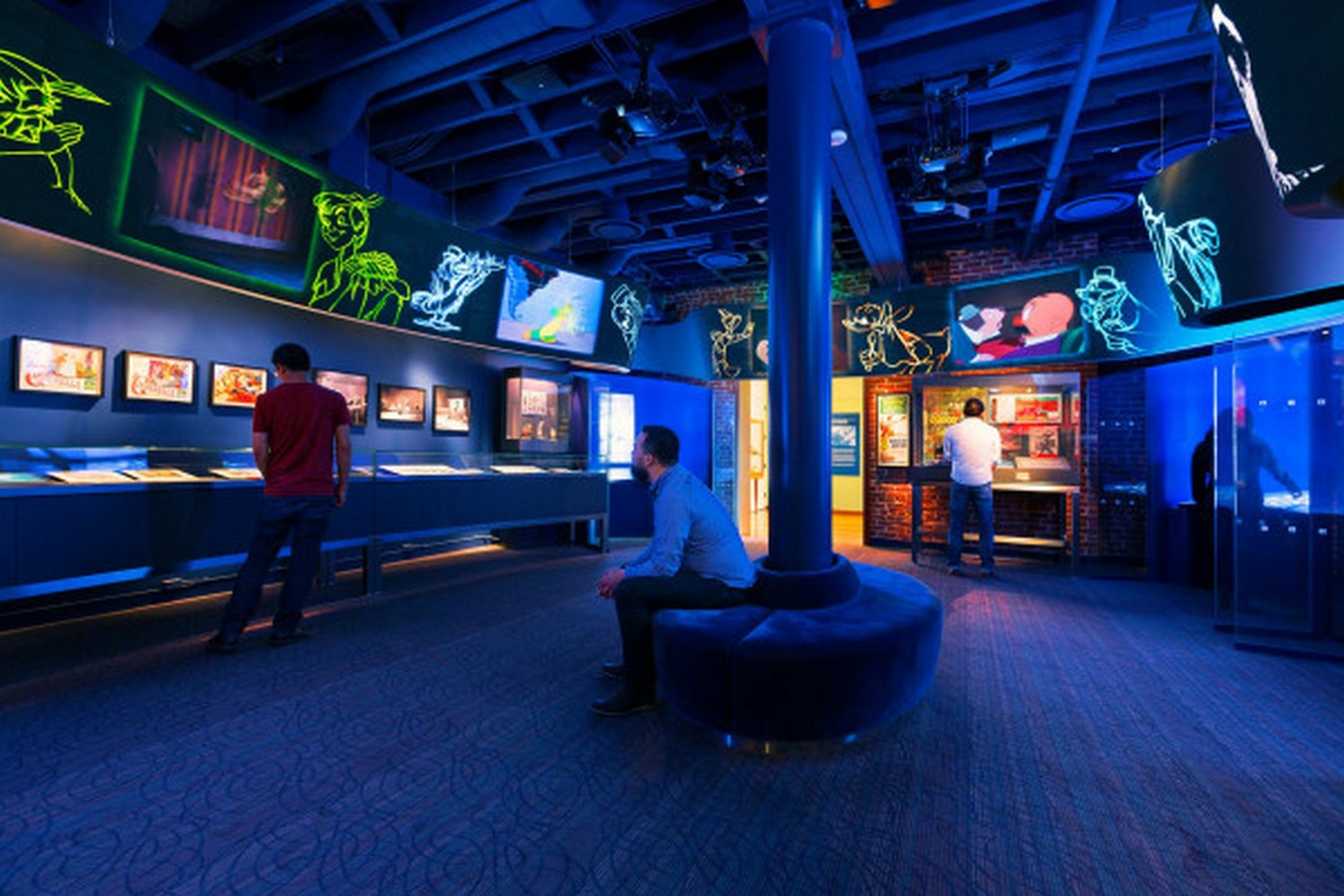

WDFM is a treasure for Disney’s fans and to connect with them, Rockwell Group has provided the earliest known drawing of Mickey Mouse on an original two-story multiplane camera and its model which can be operated by visitors. You will find the sound effect devices to add your own soundtrack to the classic Disney films. Museum’s digital installation allows visitors to study each page, zoom in on photos, drawings, texts, and views related to the film scripts. The conceptual design of the public museum endeavors an enthusiasm for visitors by telling a story.

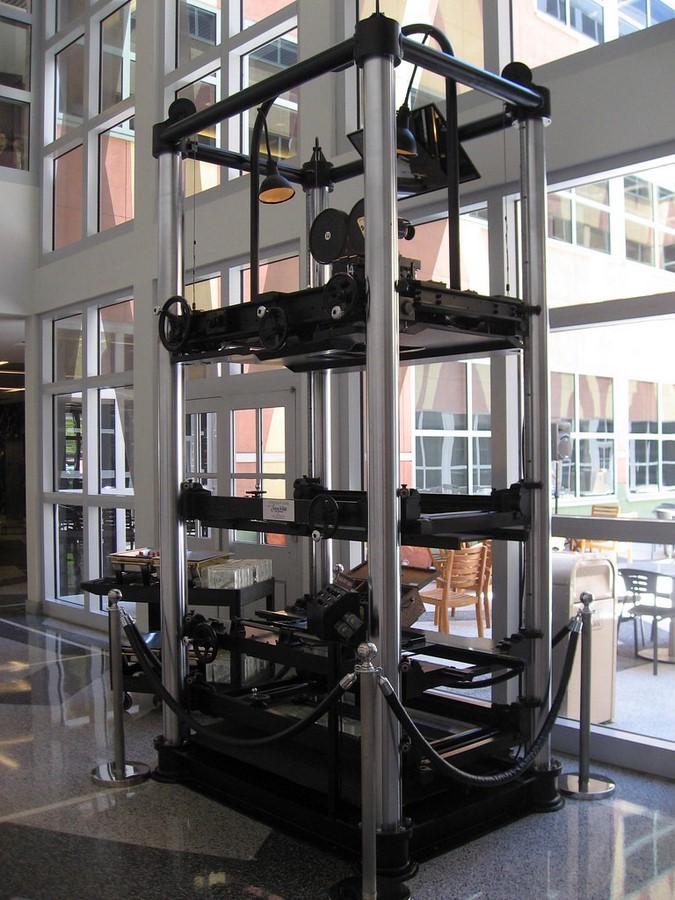
The other Building 108, a central garage plant from the 1940s era of the army base, is now converted to mechanical equipment’s zone. While, building 122, a former gymnasium, is now space for museum archives and staff areas for the Walt Disney Family Foundation. The remaining building blocks are now part of Presidio Headquarters, lodge, and transit center.

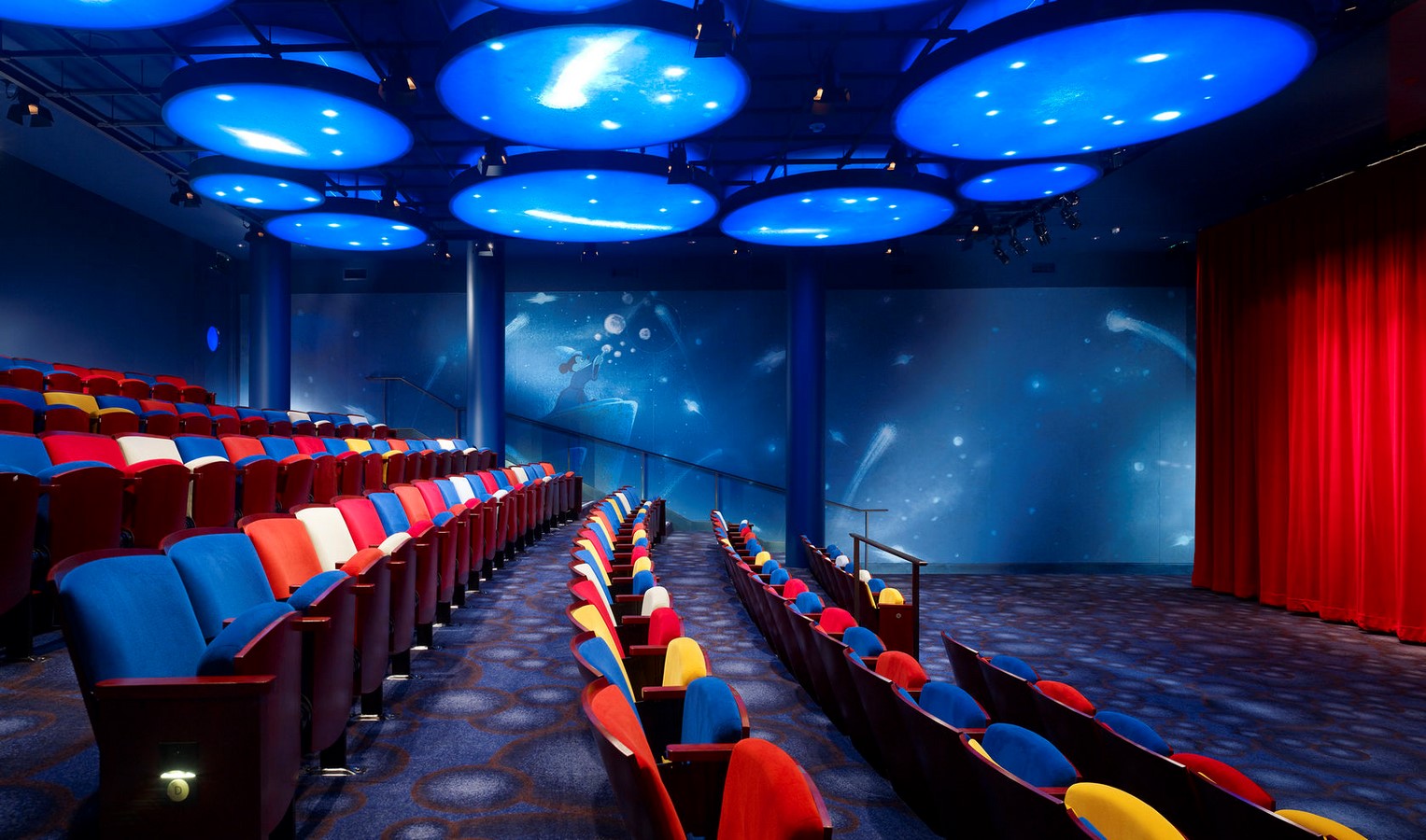
The architecture of the museum is a collection of sensory elements and exhibits in the space that evokes a physical and psychological curiosity of learning. The flexibility of WDFM depicts the story back to 1917 when Disney attempted to join the U.S. Army but got rejected for being too young for the fight. Later, he joined the Red Cross in 1918 as an ambulance driver to serve the army. His devotion towards his nation led him to generate many excellent military films to encourage the U.S. Army in World War II.
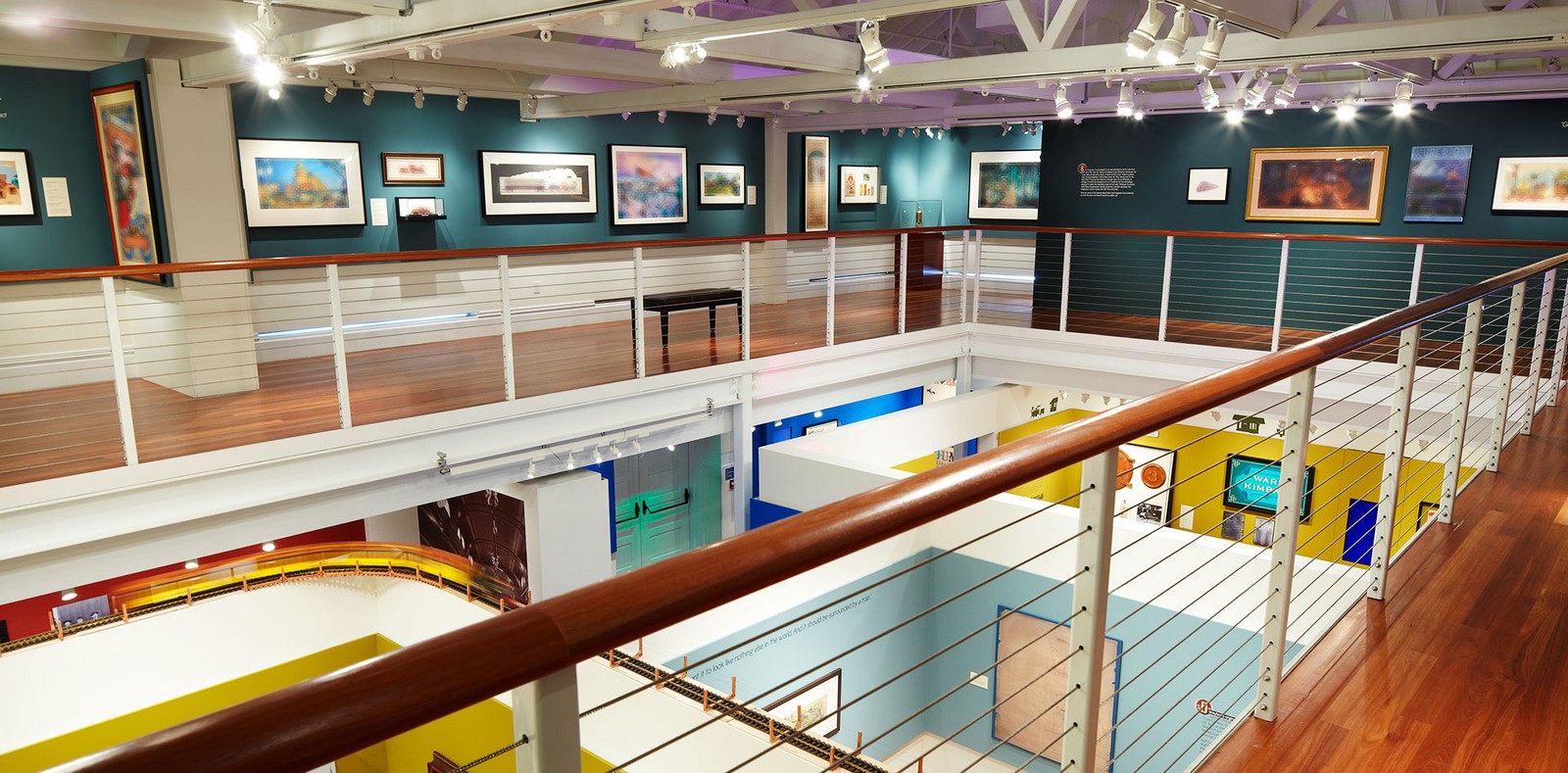
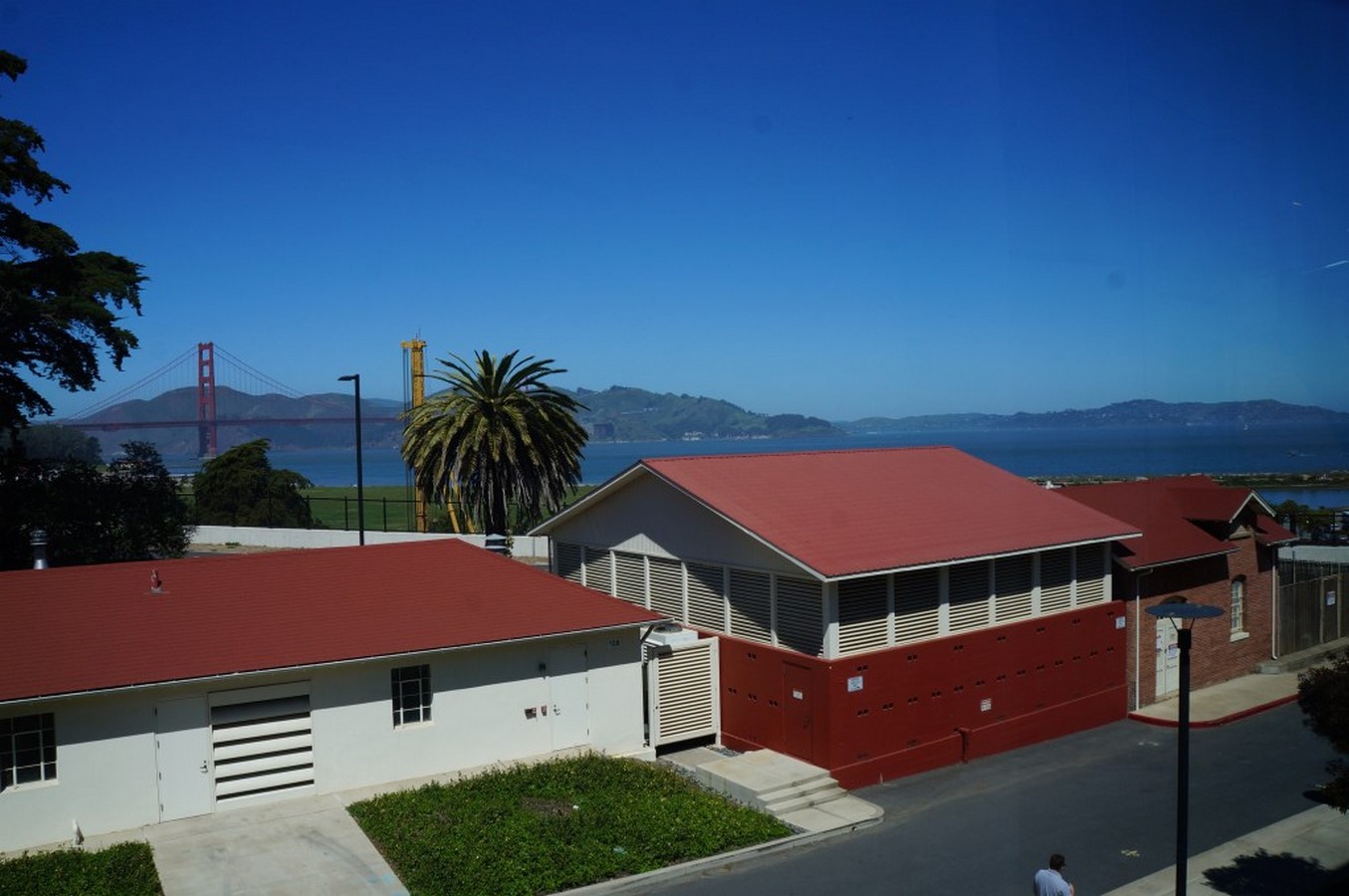
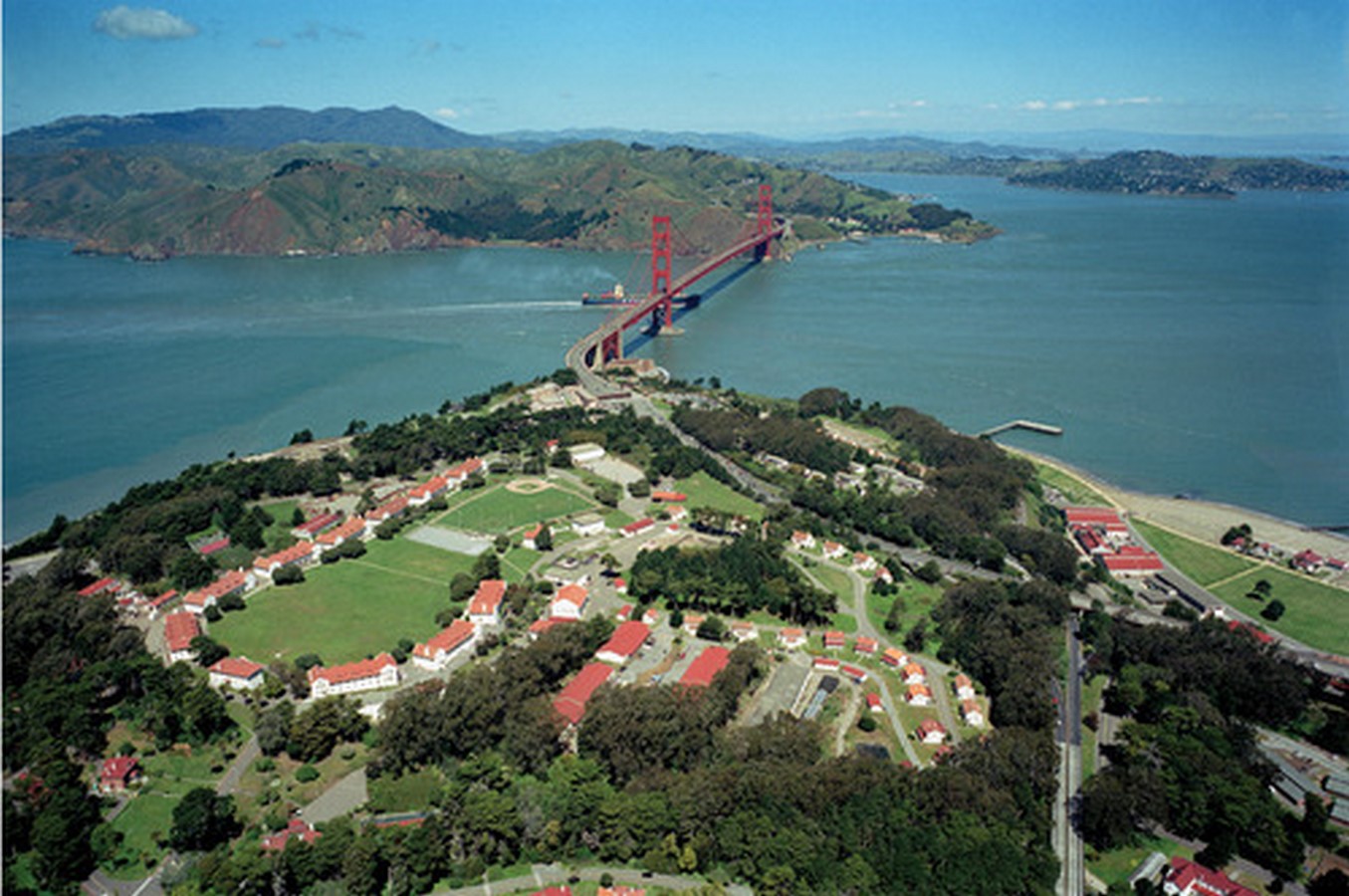
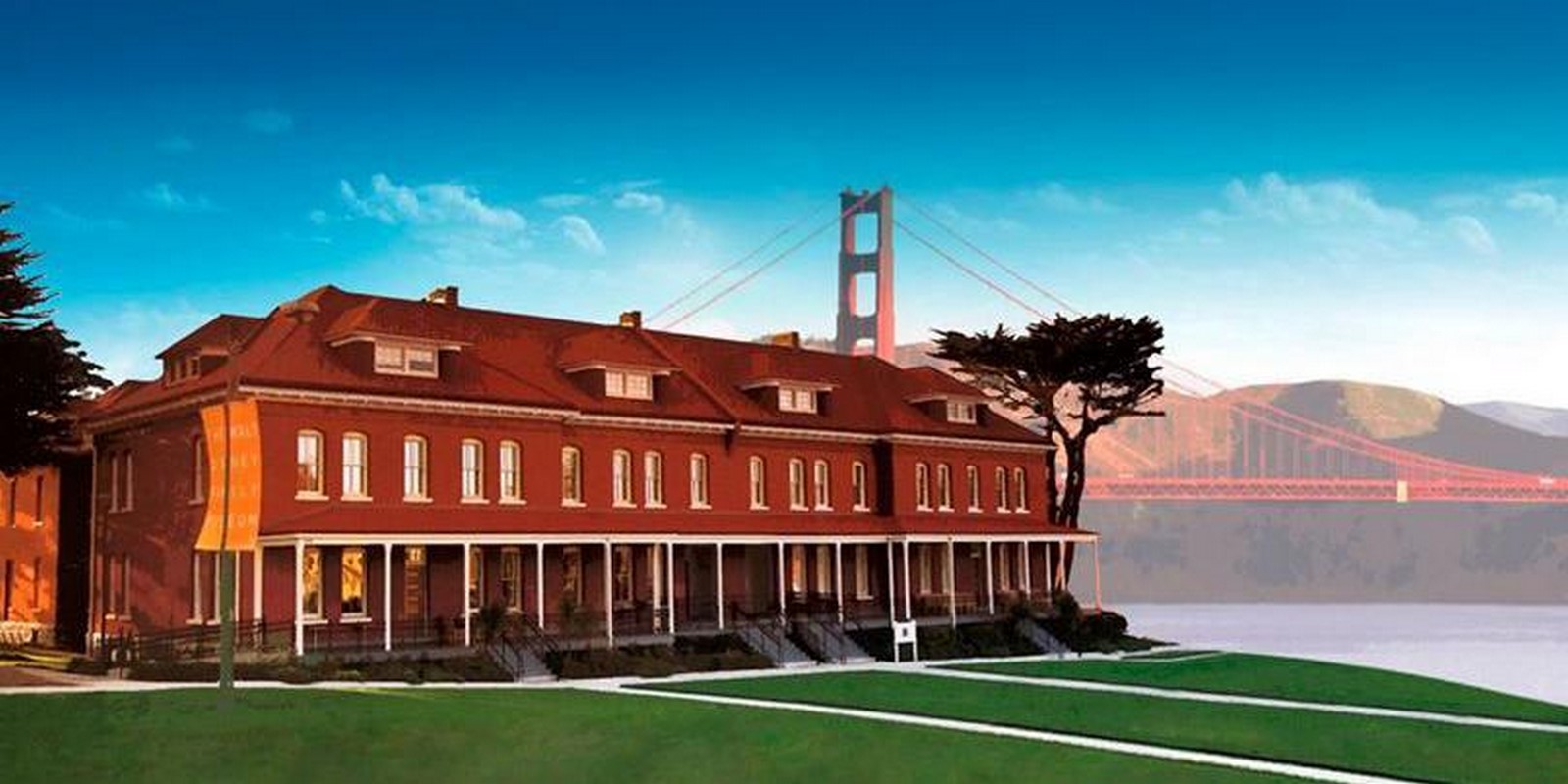
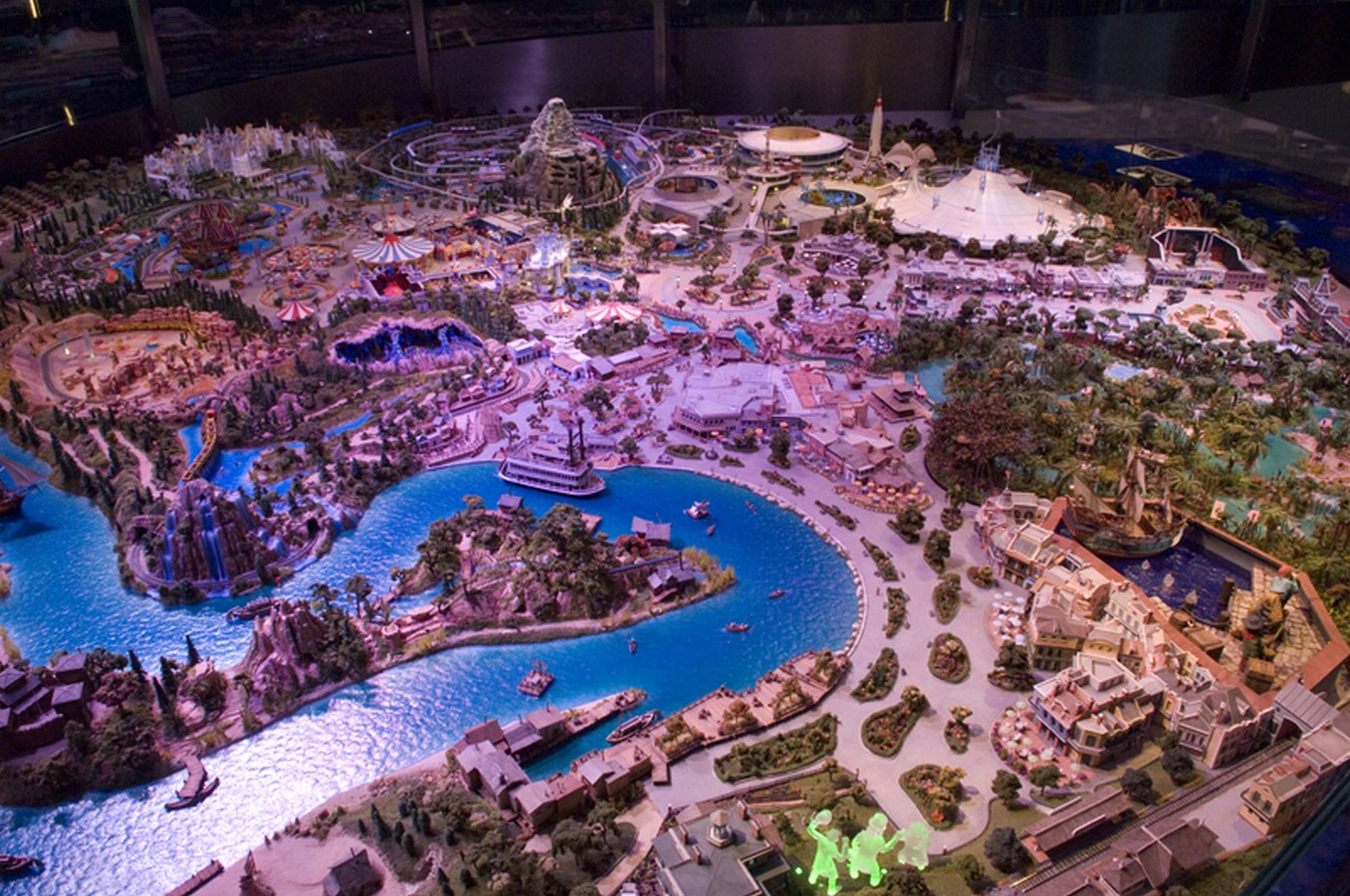
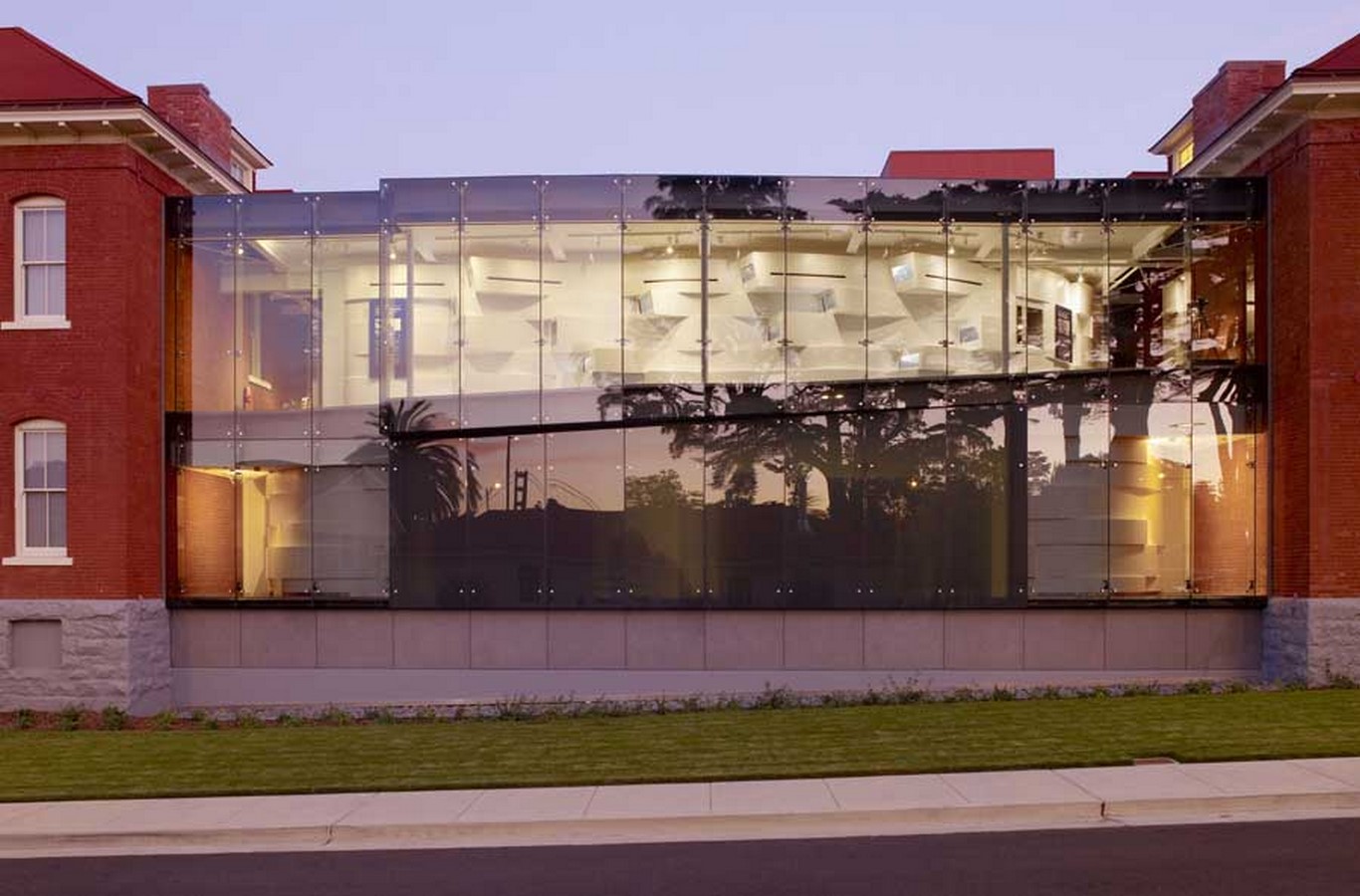
The museum is constructed taking into account specially challenged people and simultaneously enriching the exhibition schedule, expanding education, and public programming that engages children and youths interested in art and animation. The exterior of the museum draws a family institution that celebrates the etymology of humans in the field of arts and graphics.
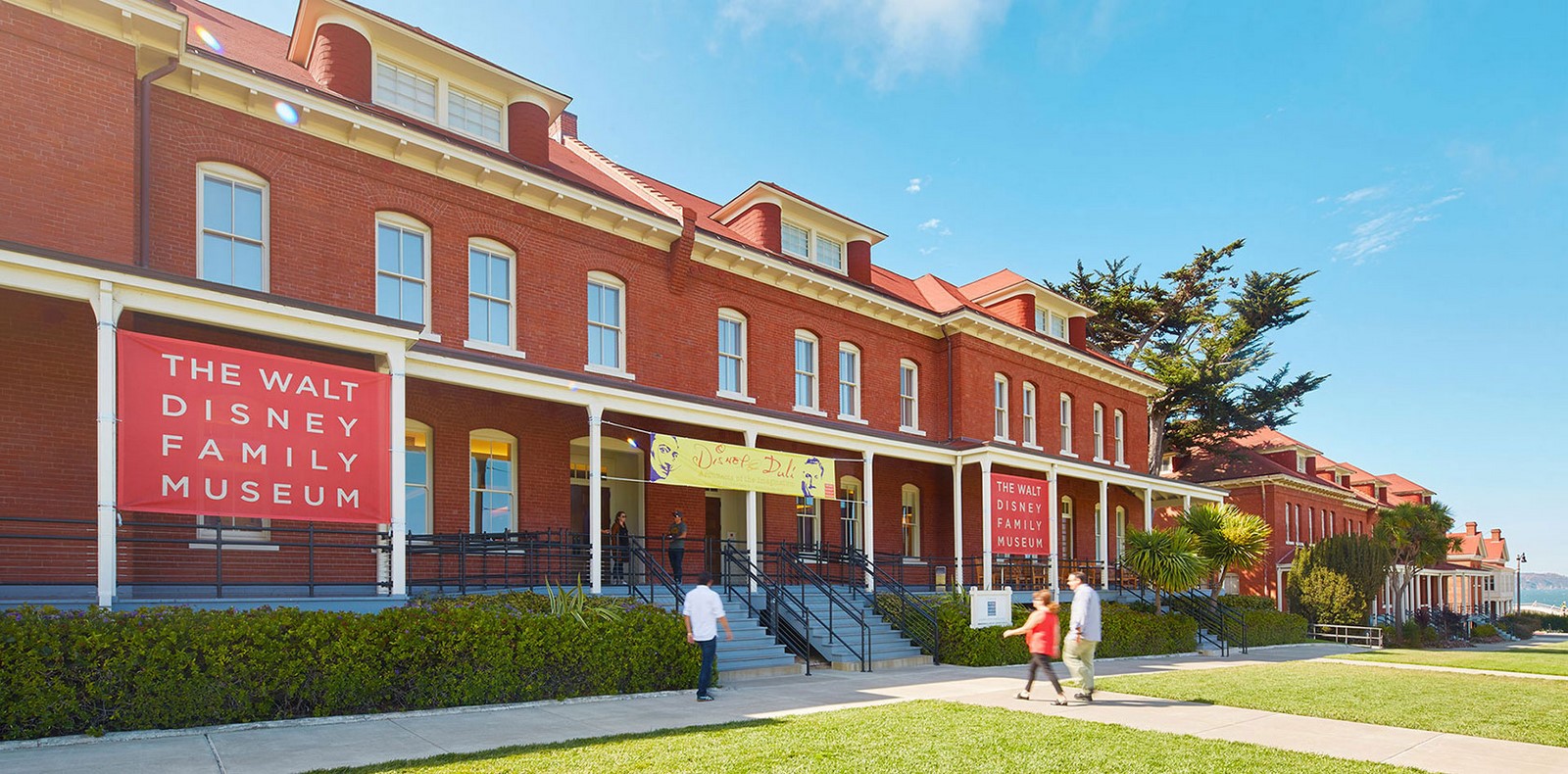

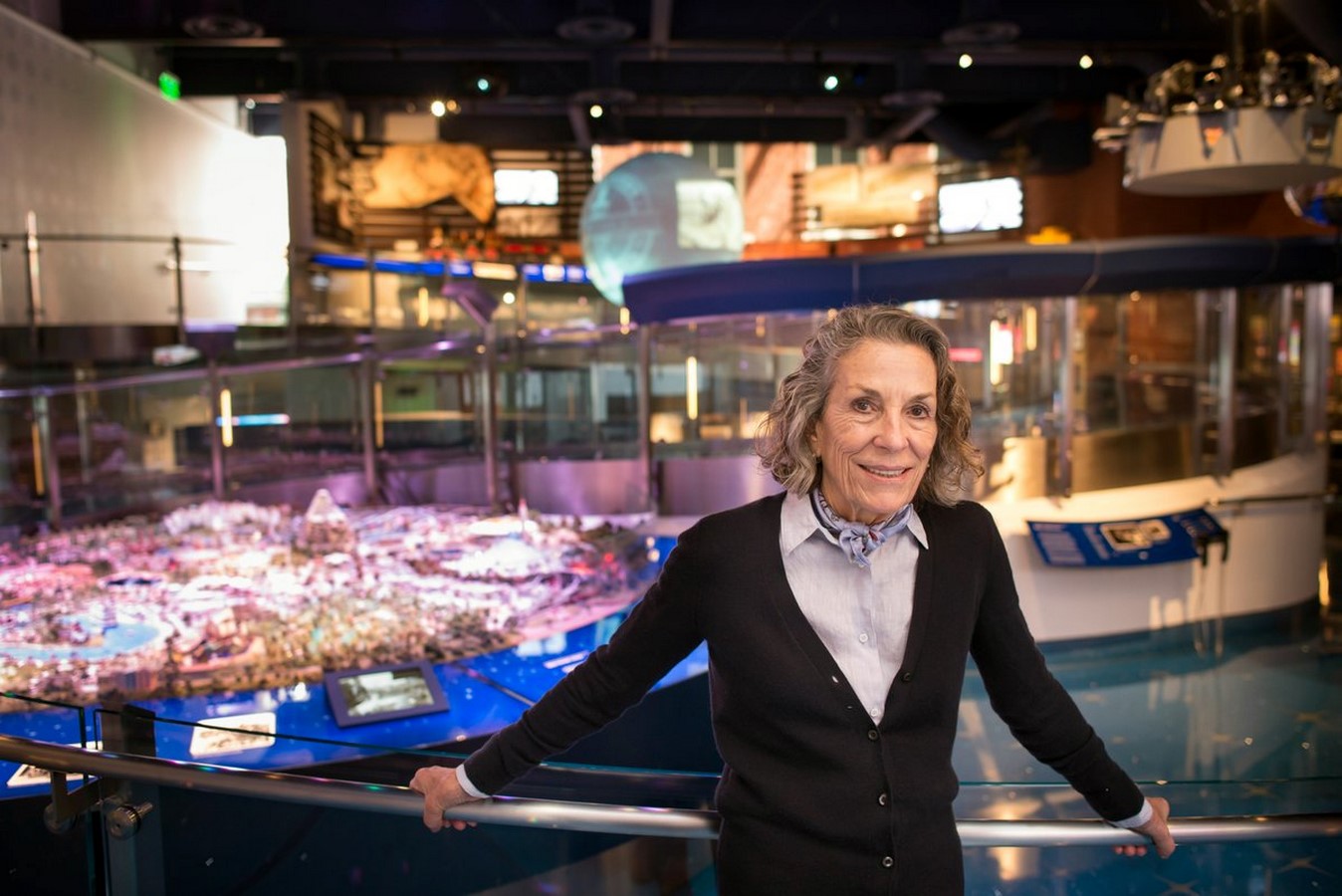
The purpose of the museum is to captivate a visitor into the imaginative mind of Walt Disney, i.e., from his first caricature to his last, and subsequently, encourage the development of new ideas and vision. Walt Disney Family Museum is a primordial part of Disney’s life struggles and achievements which will always remind us of him as a creator of animation. One should definitely visit Walt Disney Family Museum to seize the intriguing art and architecture.






